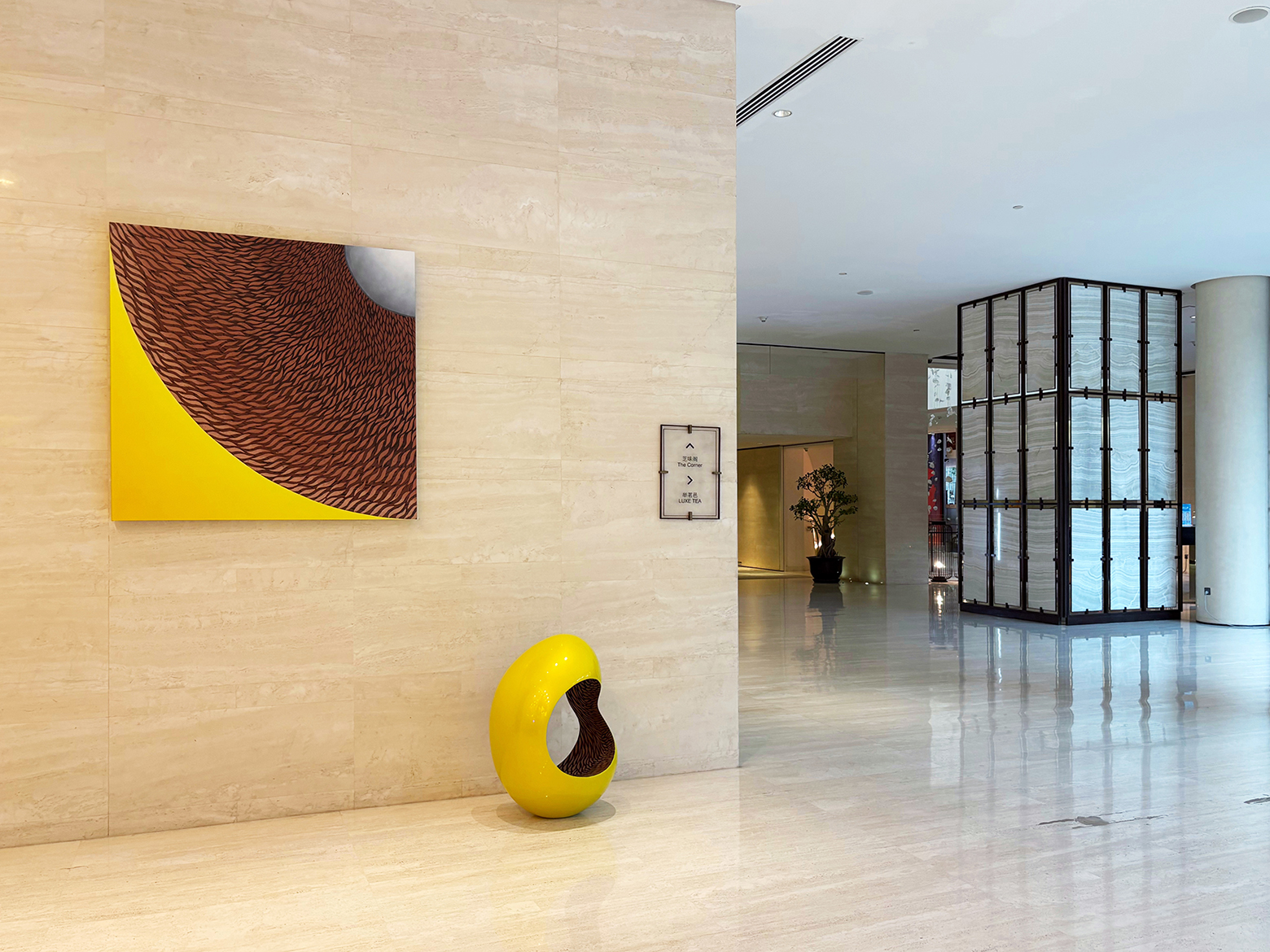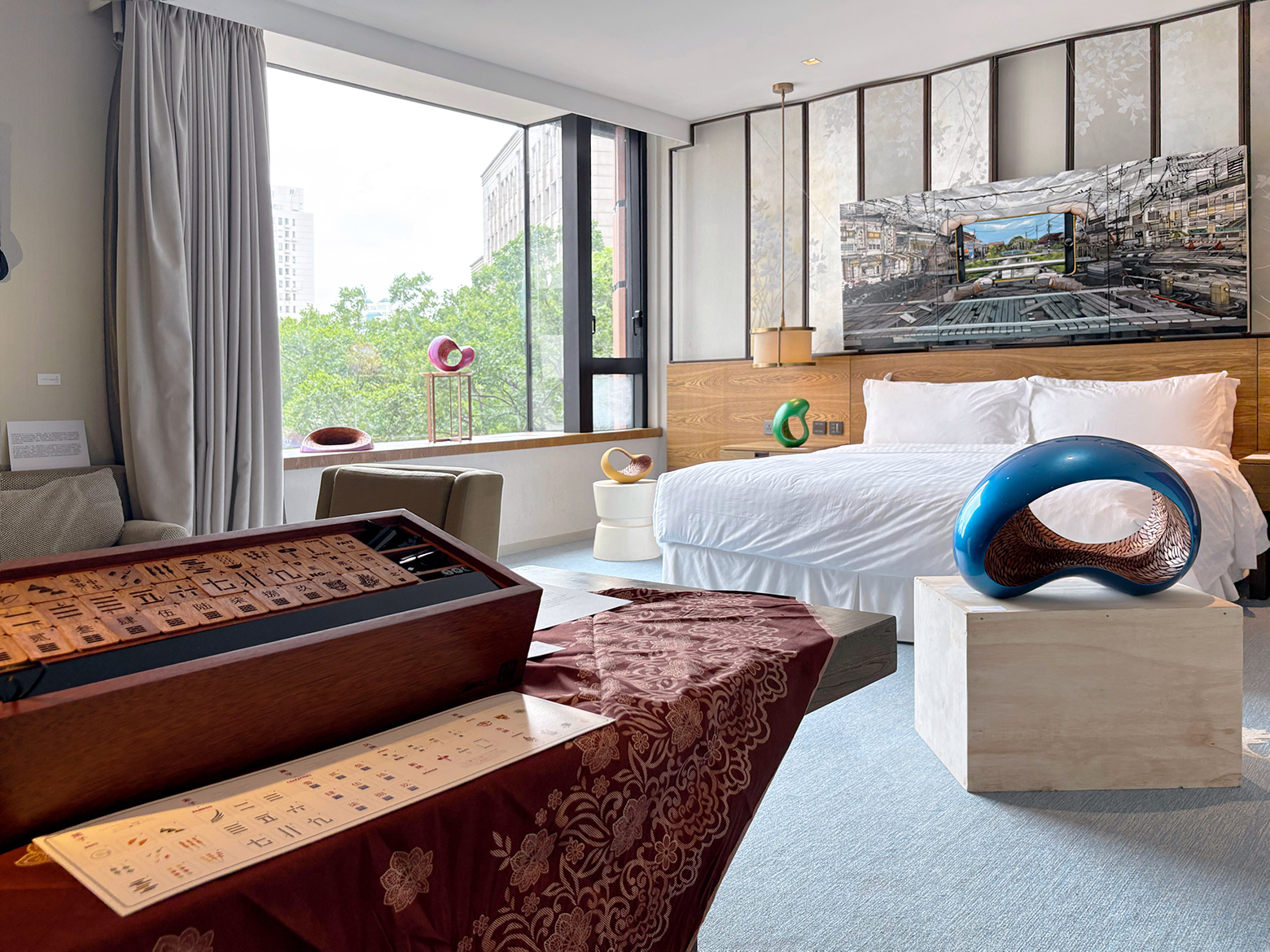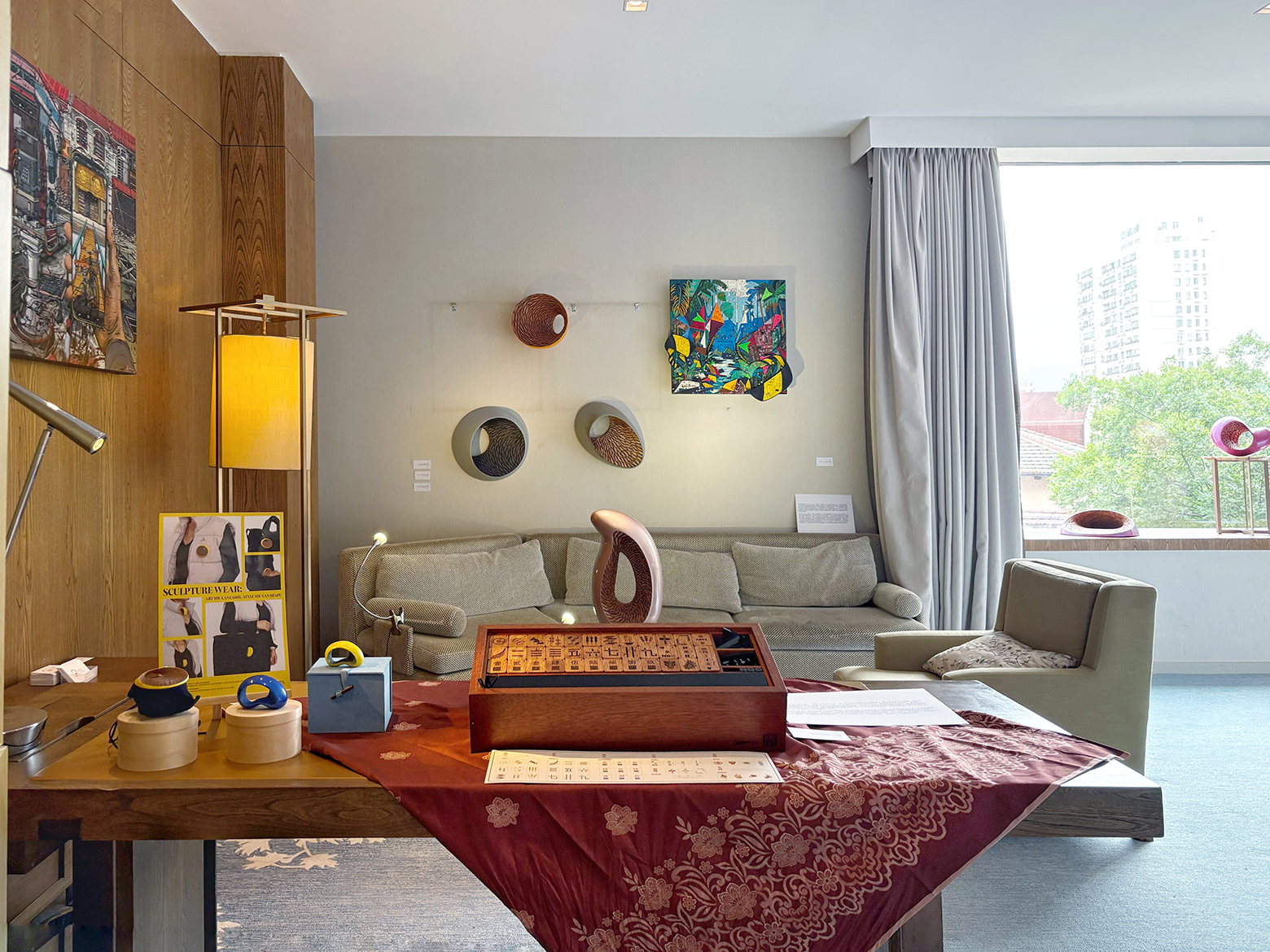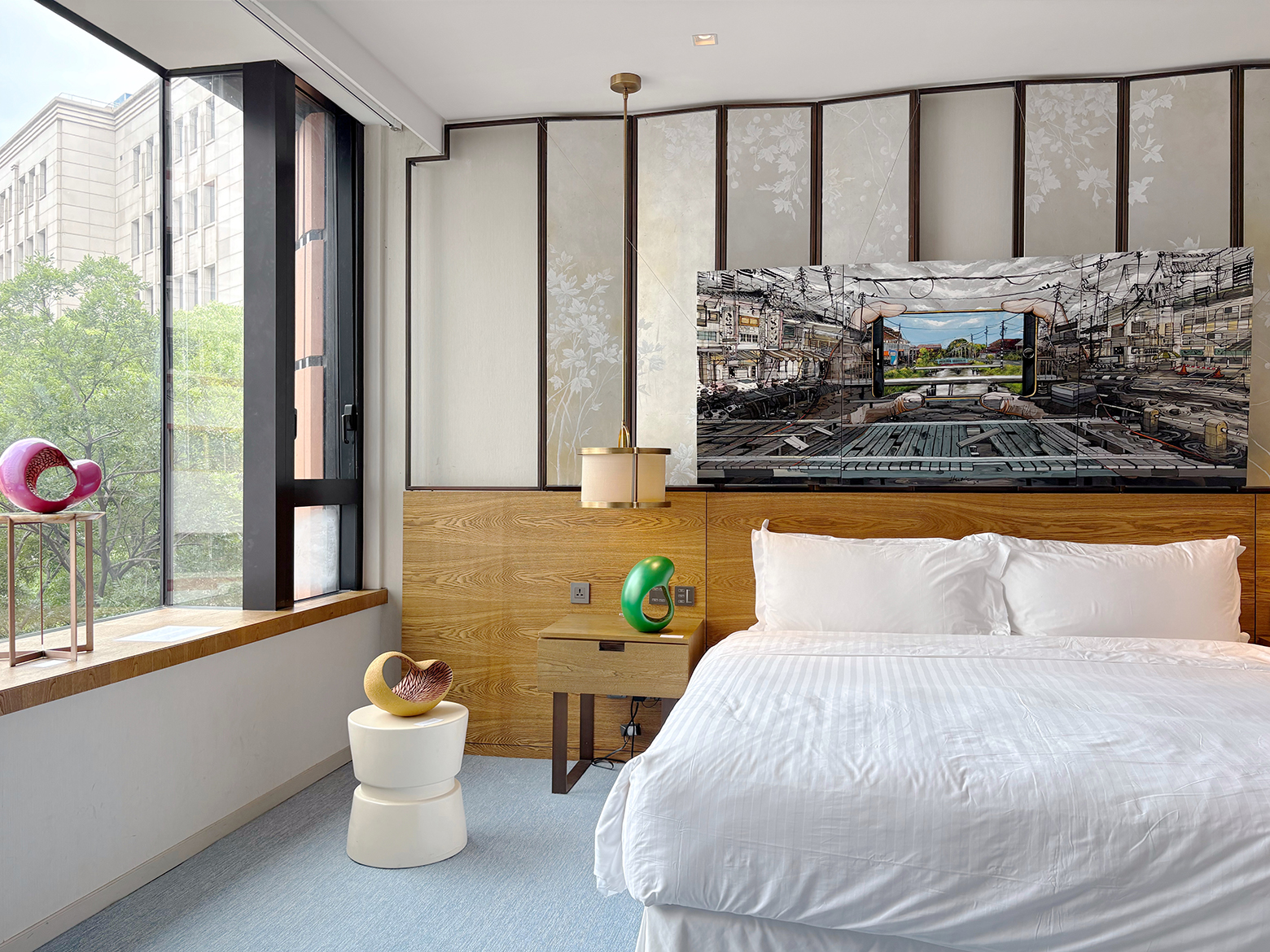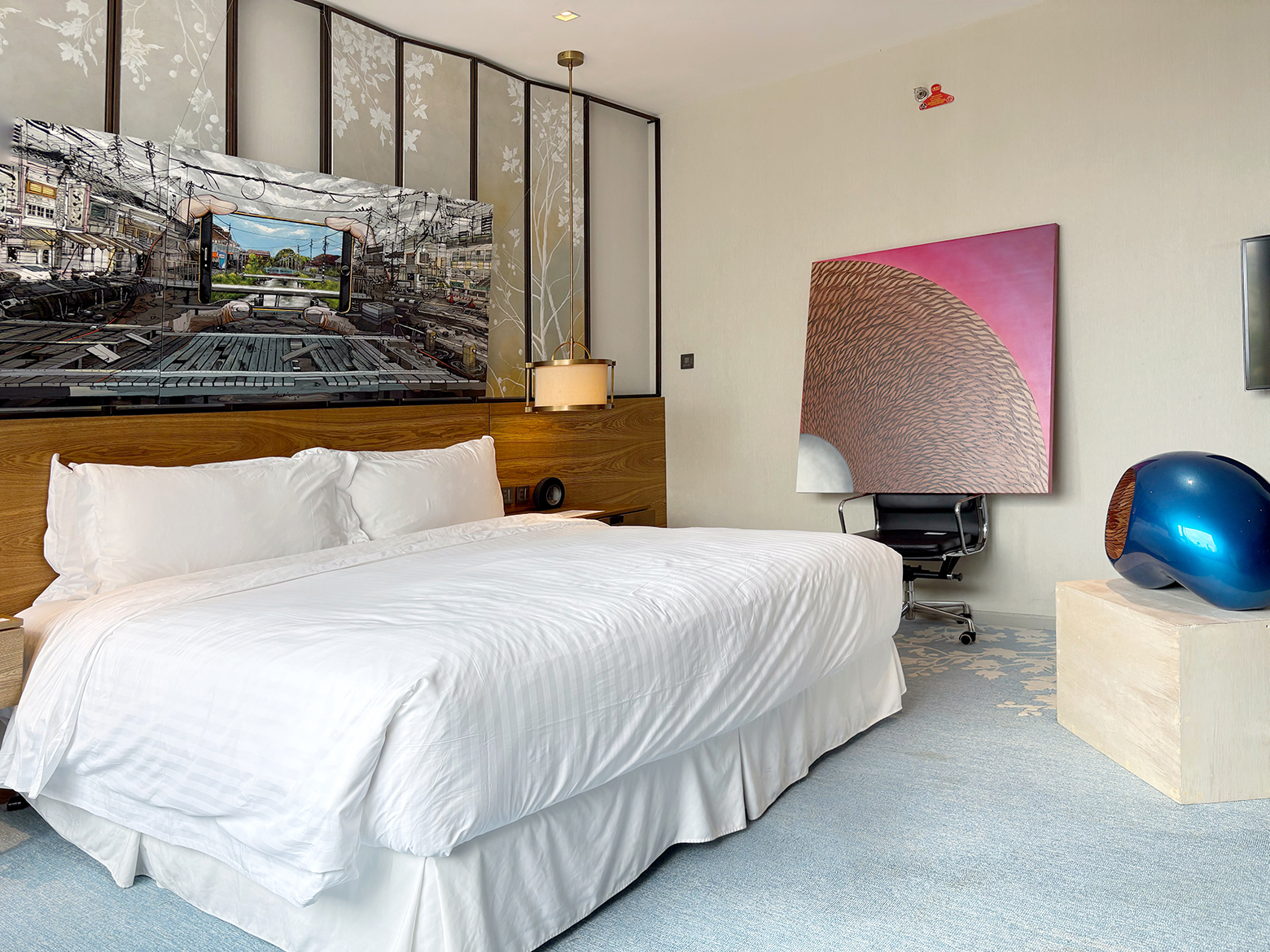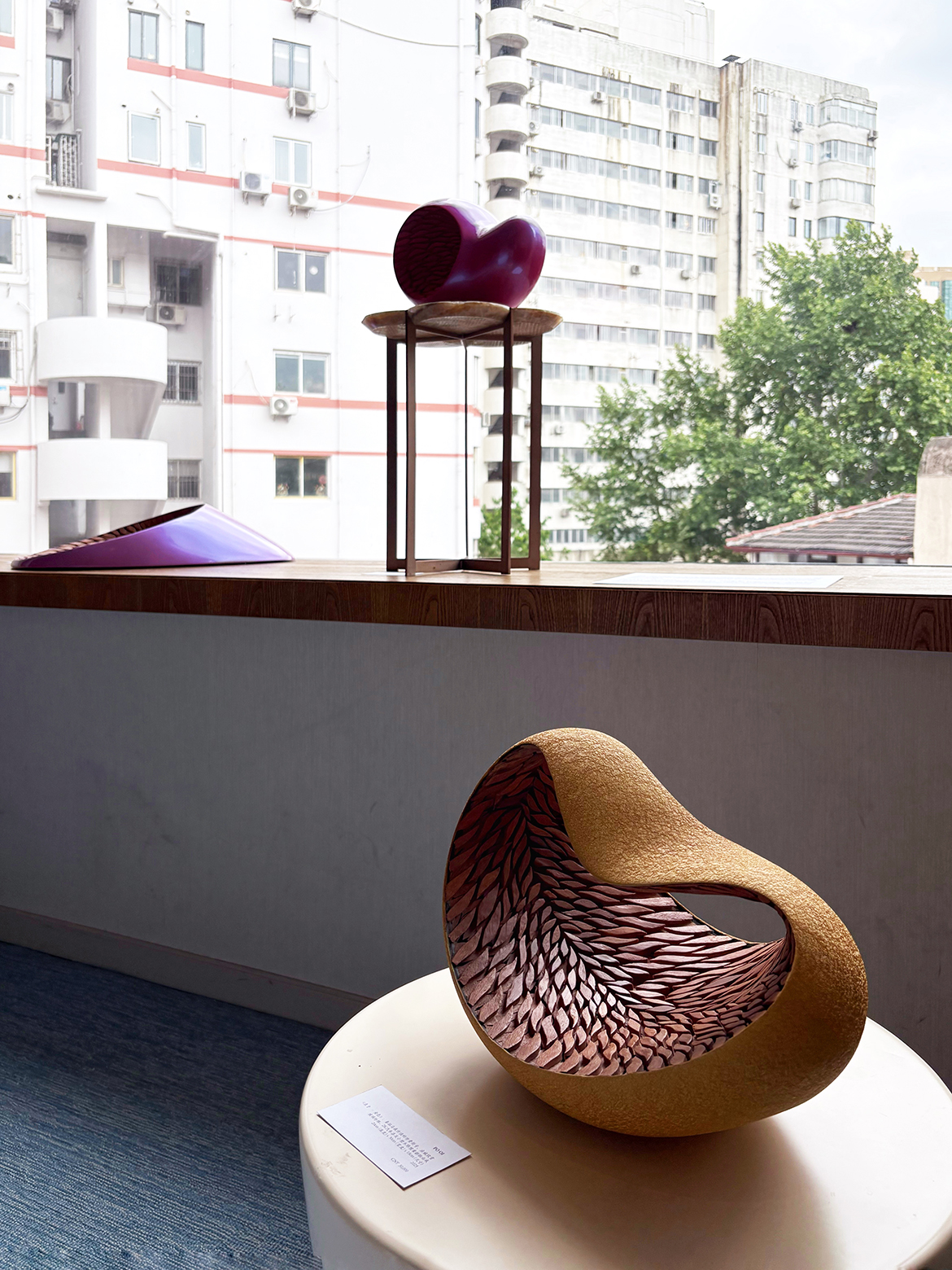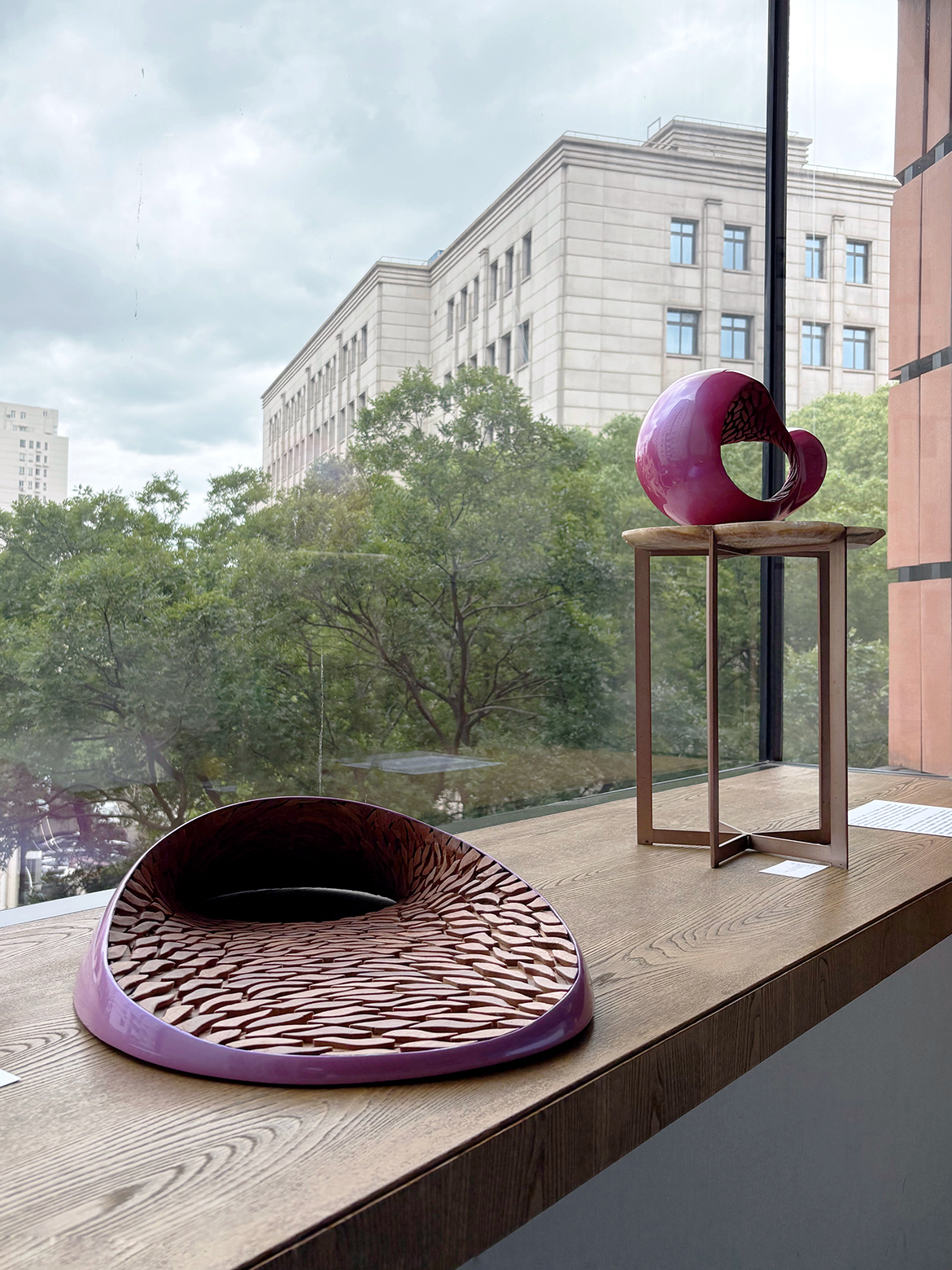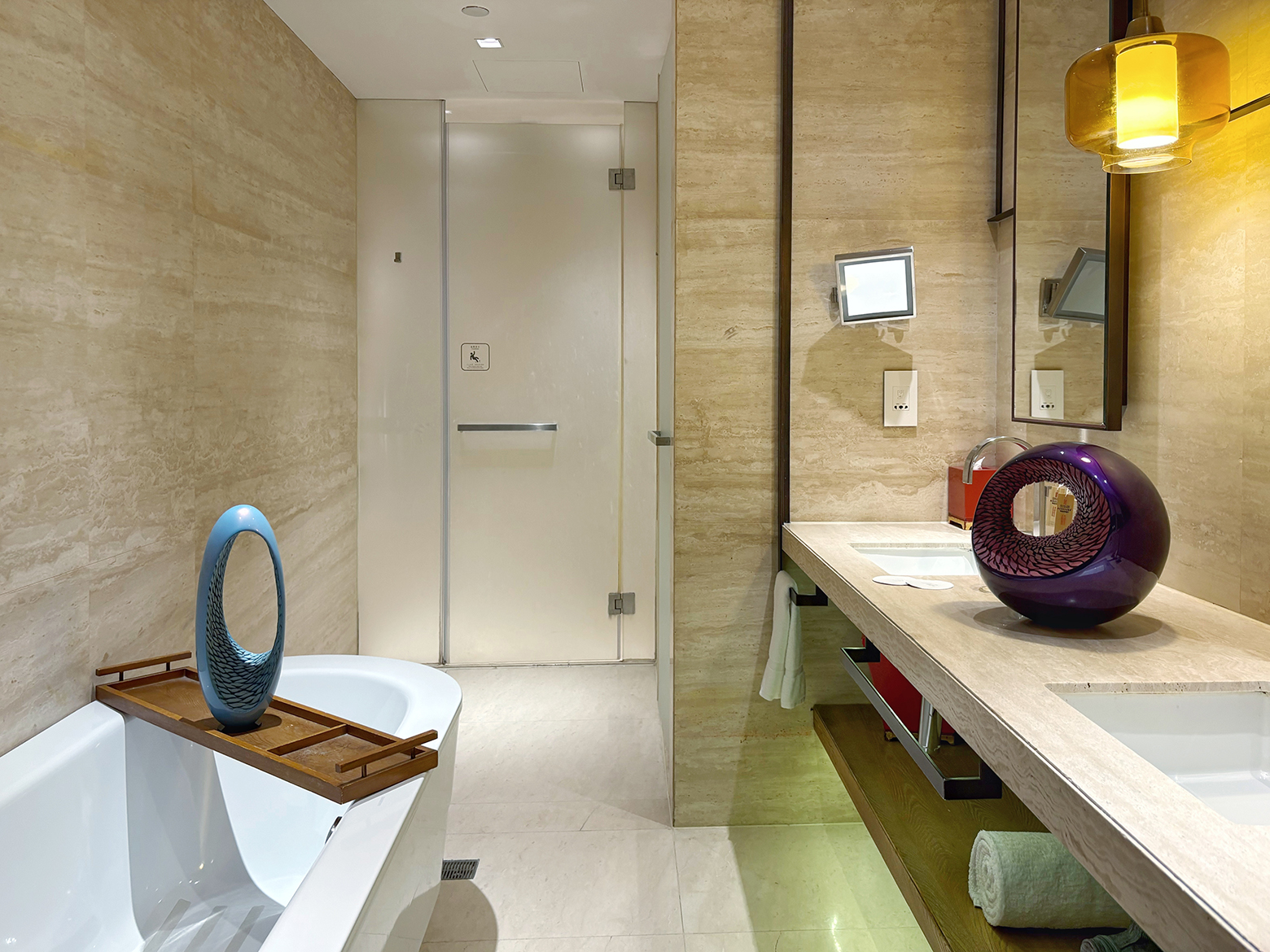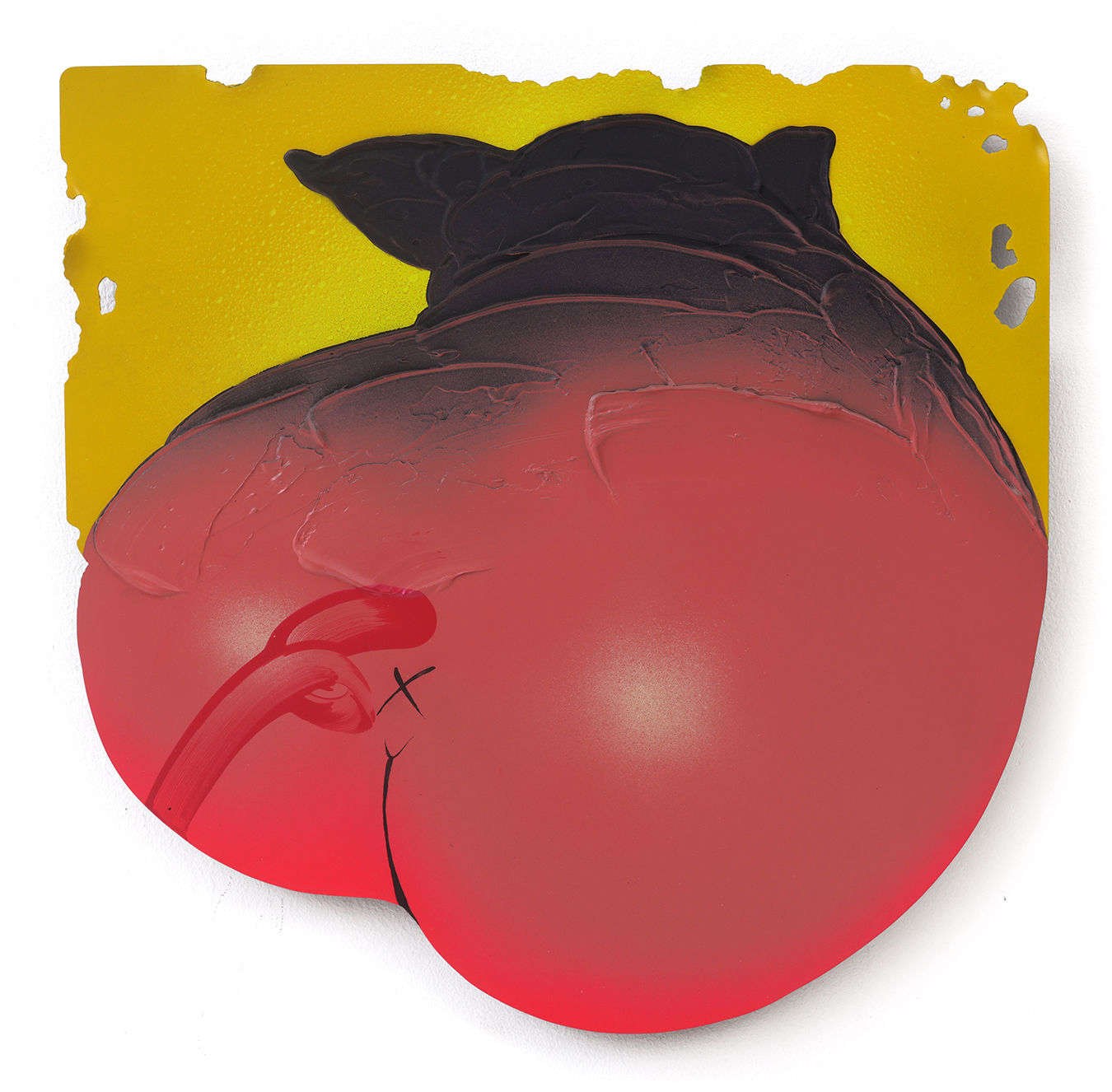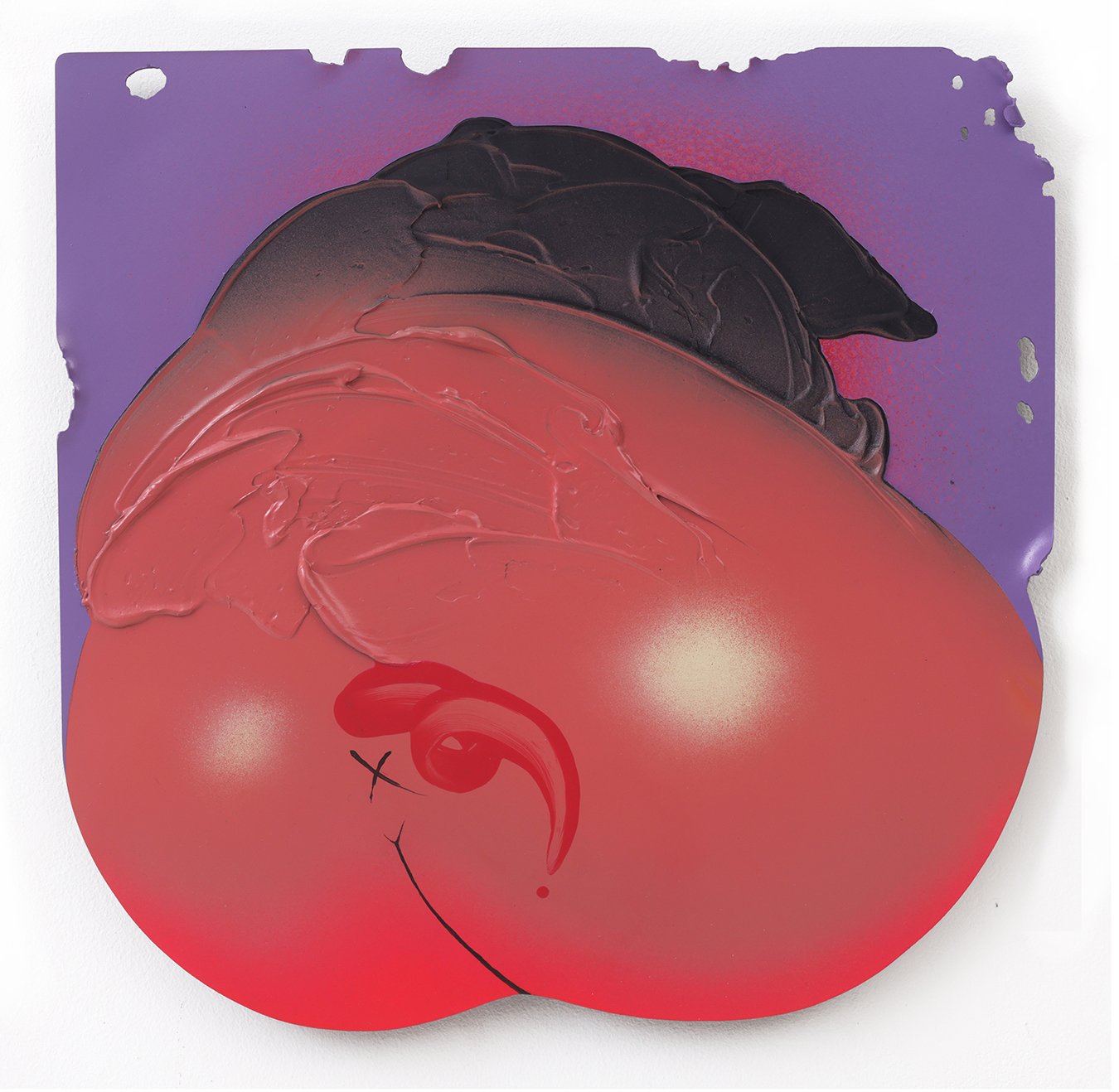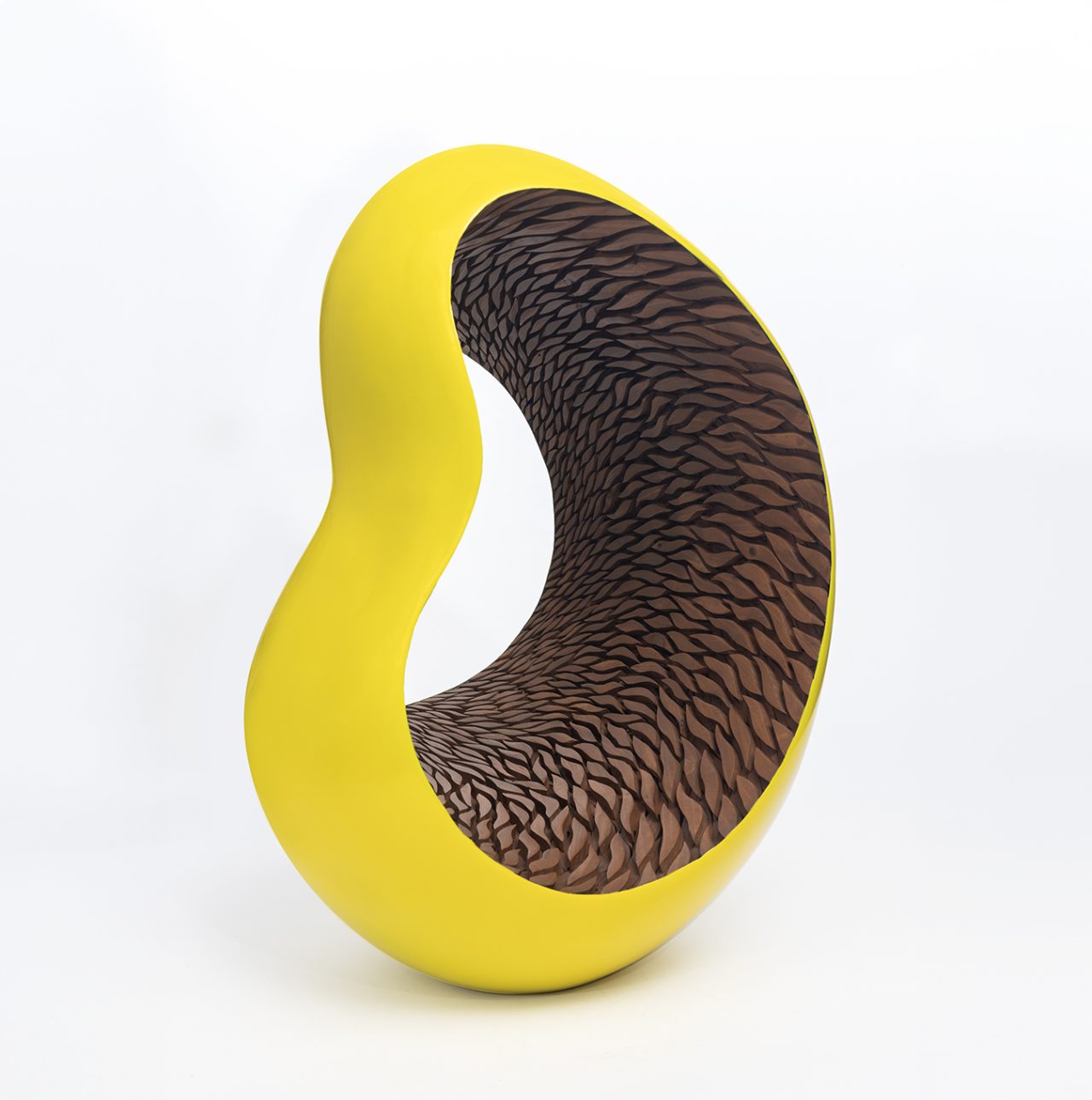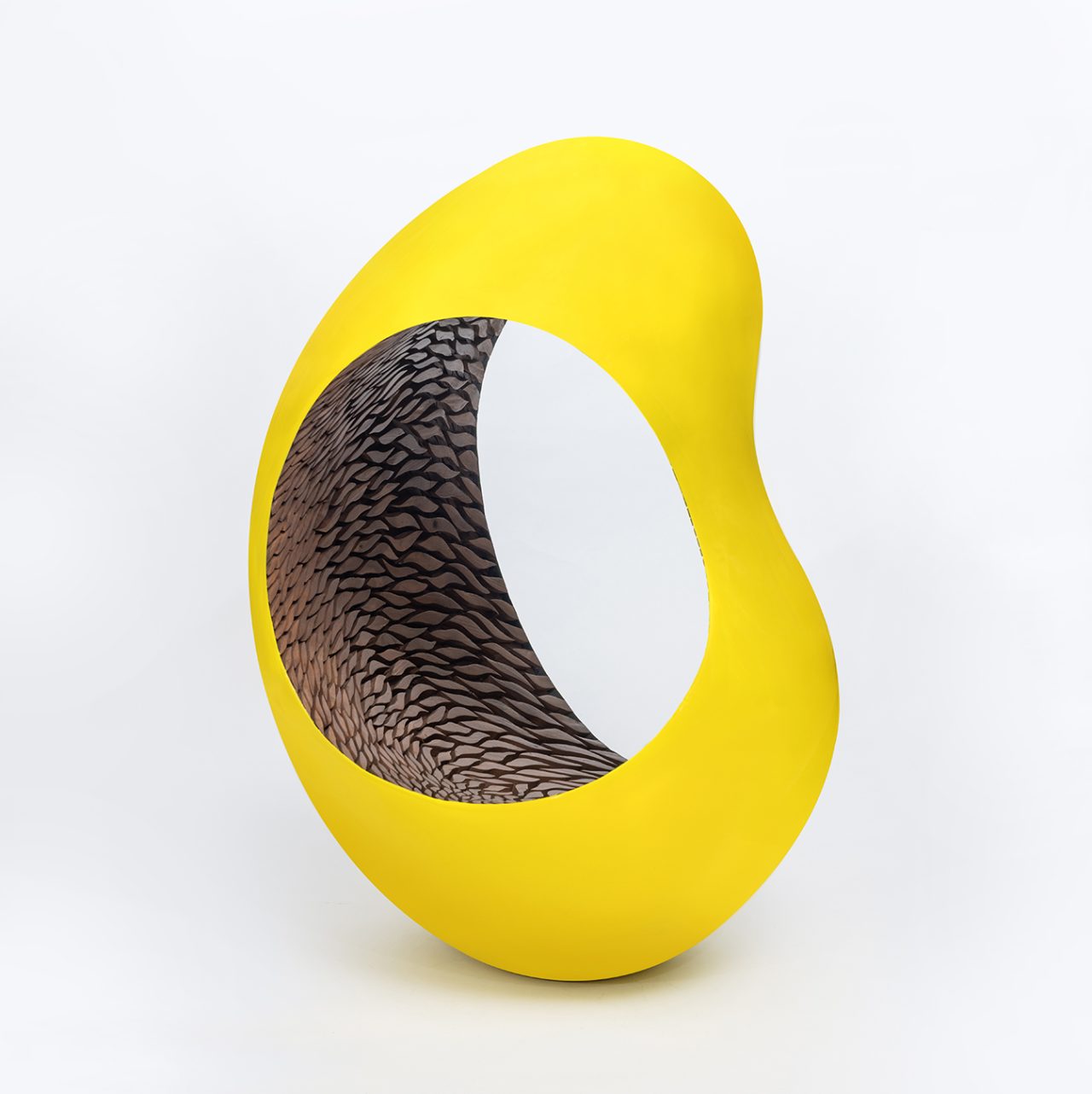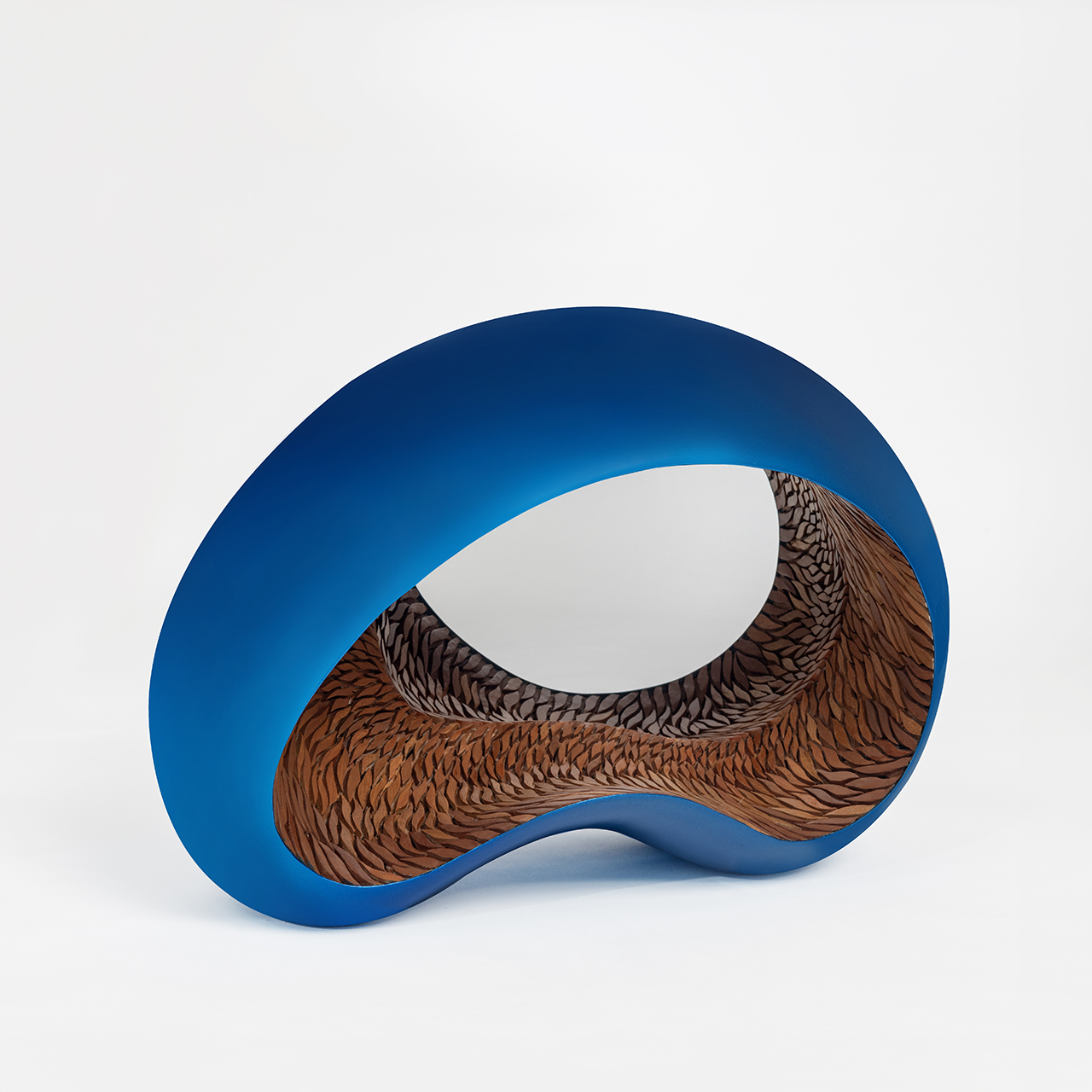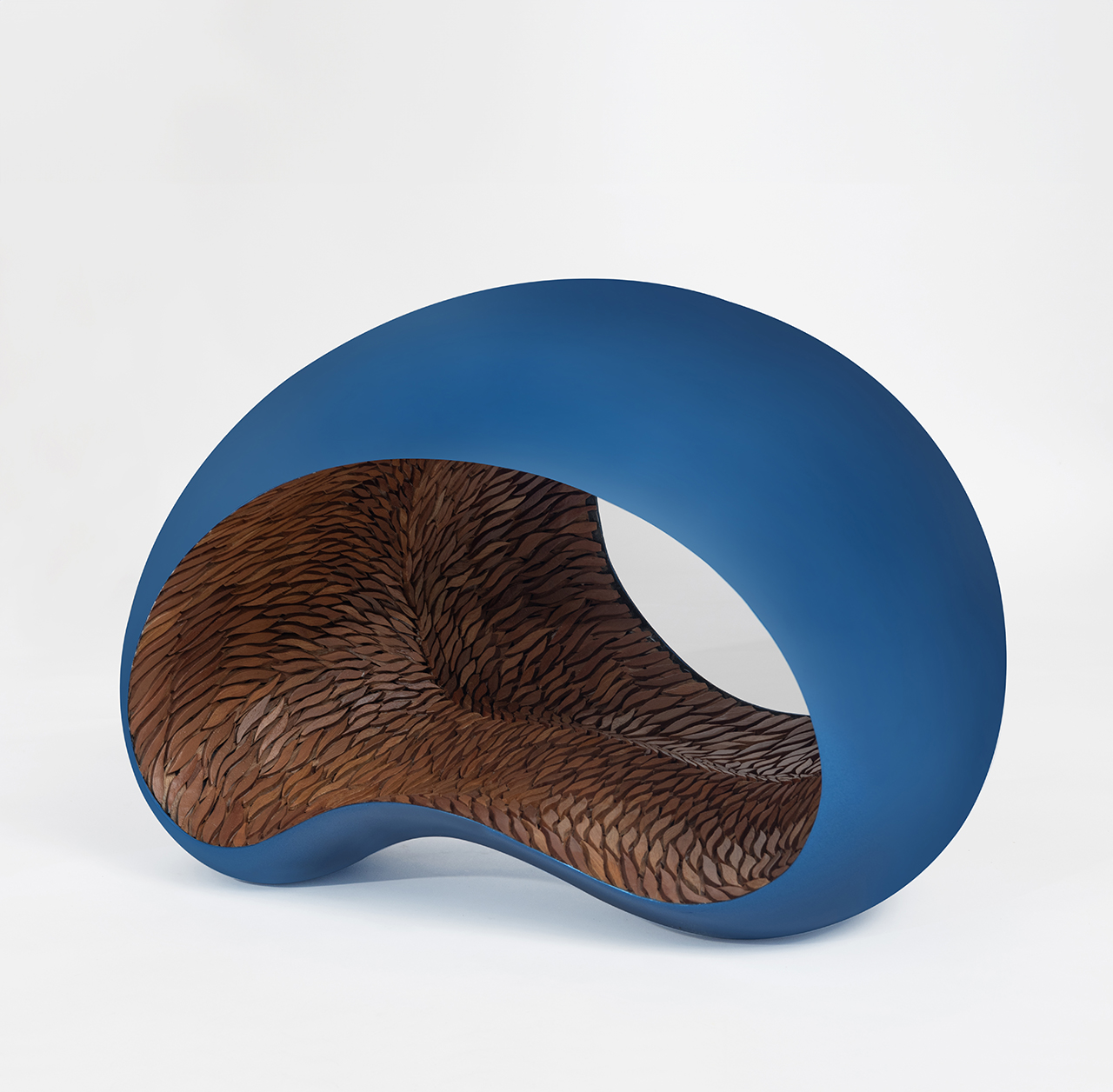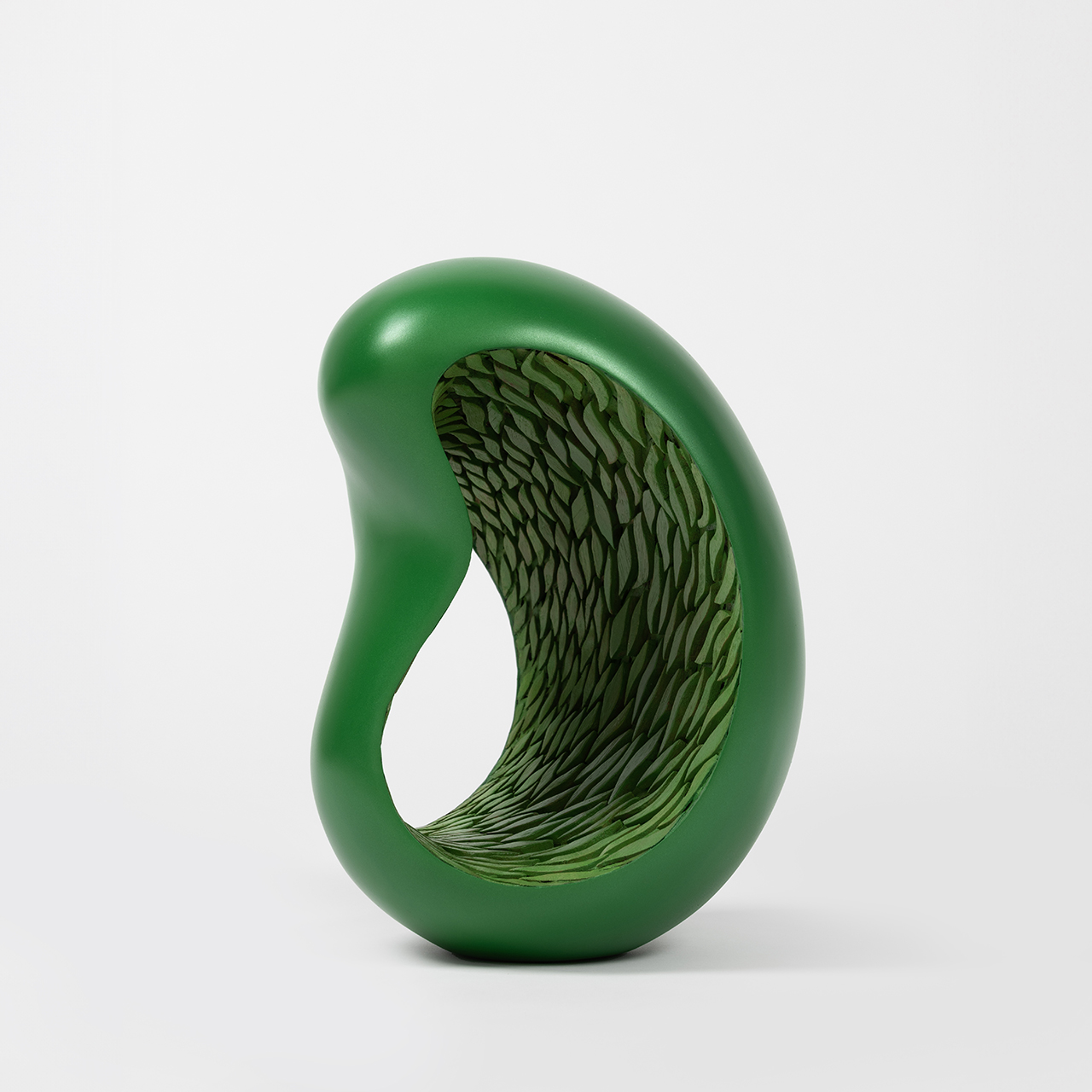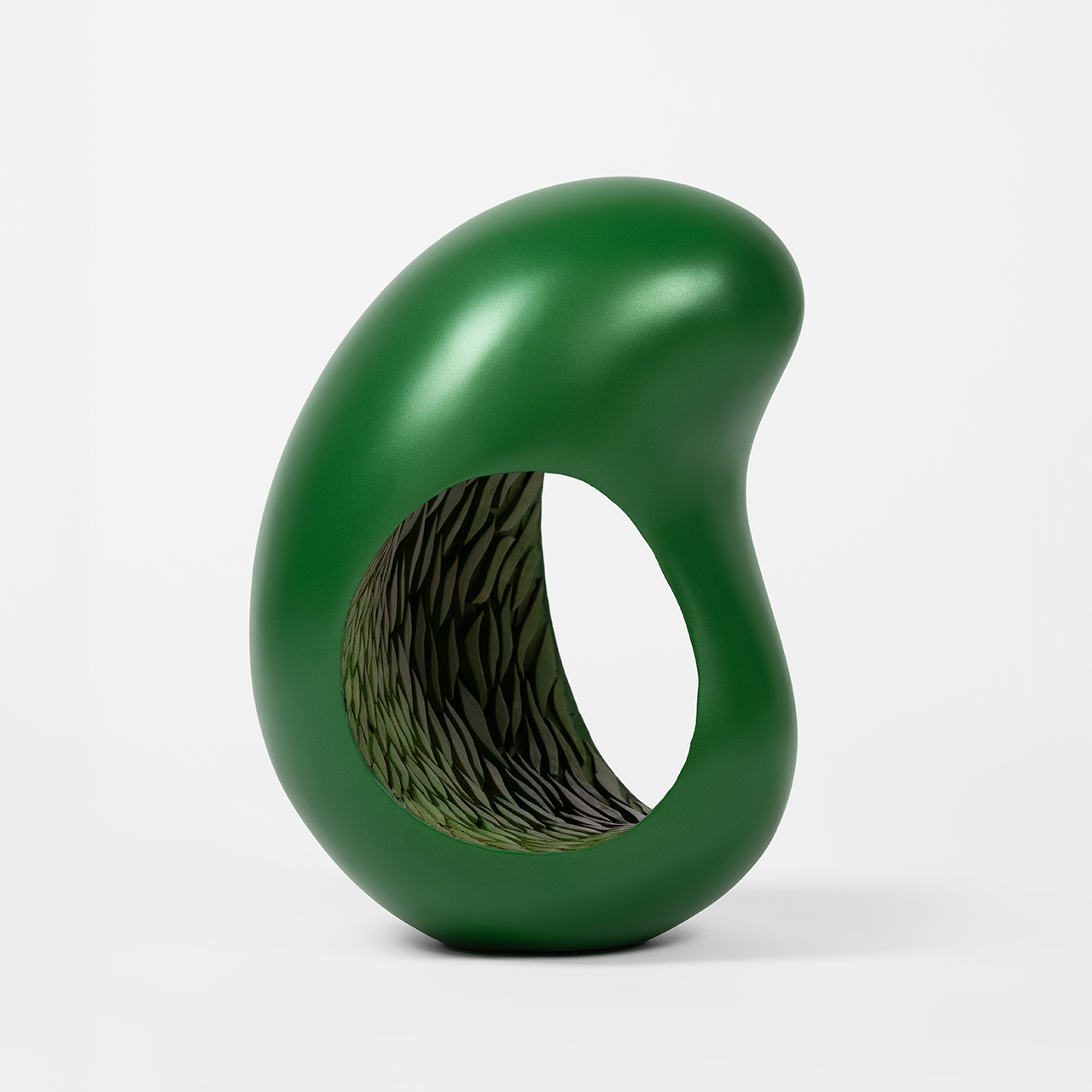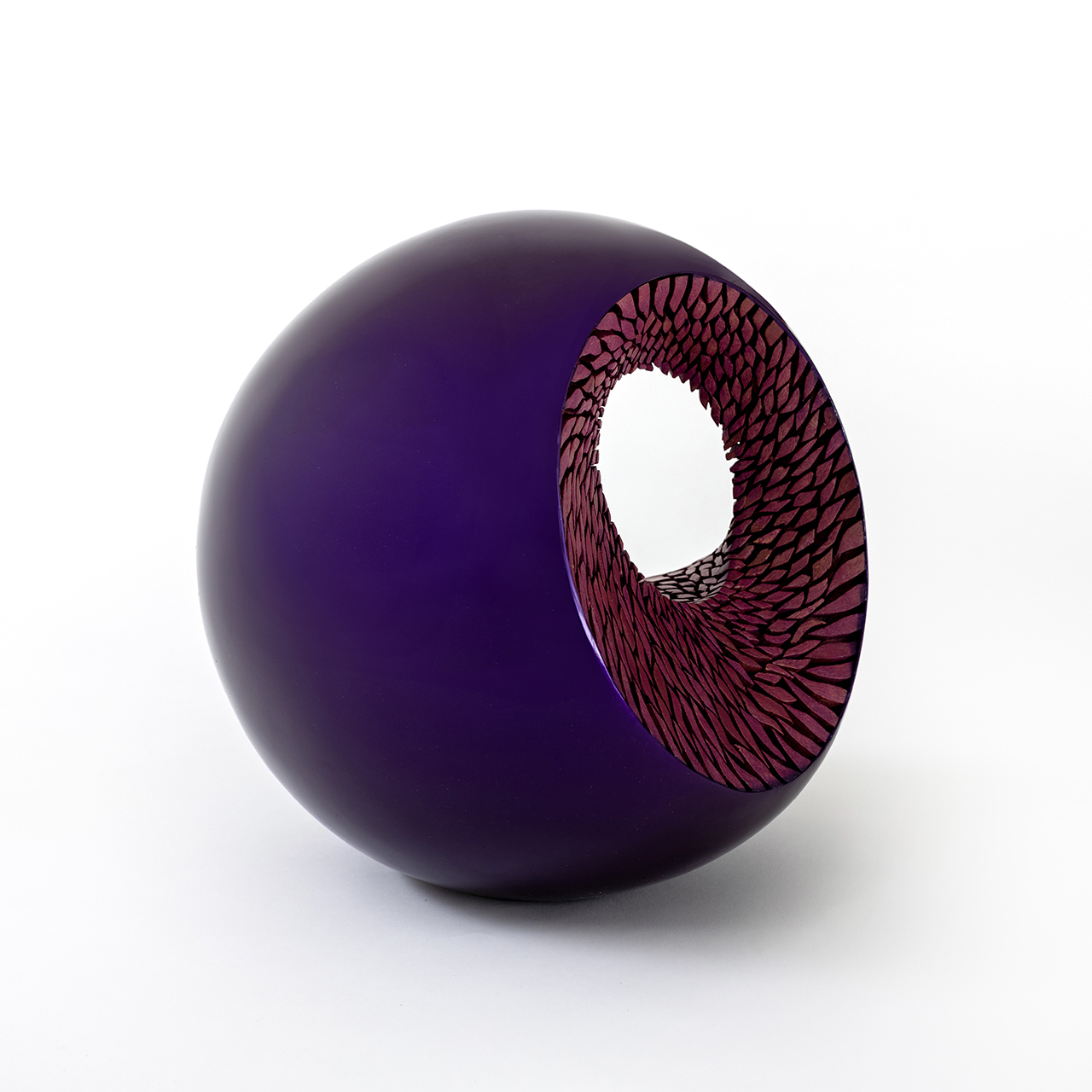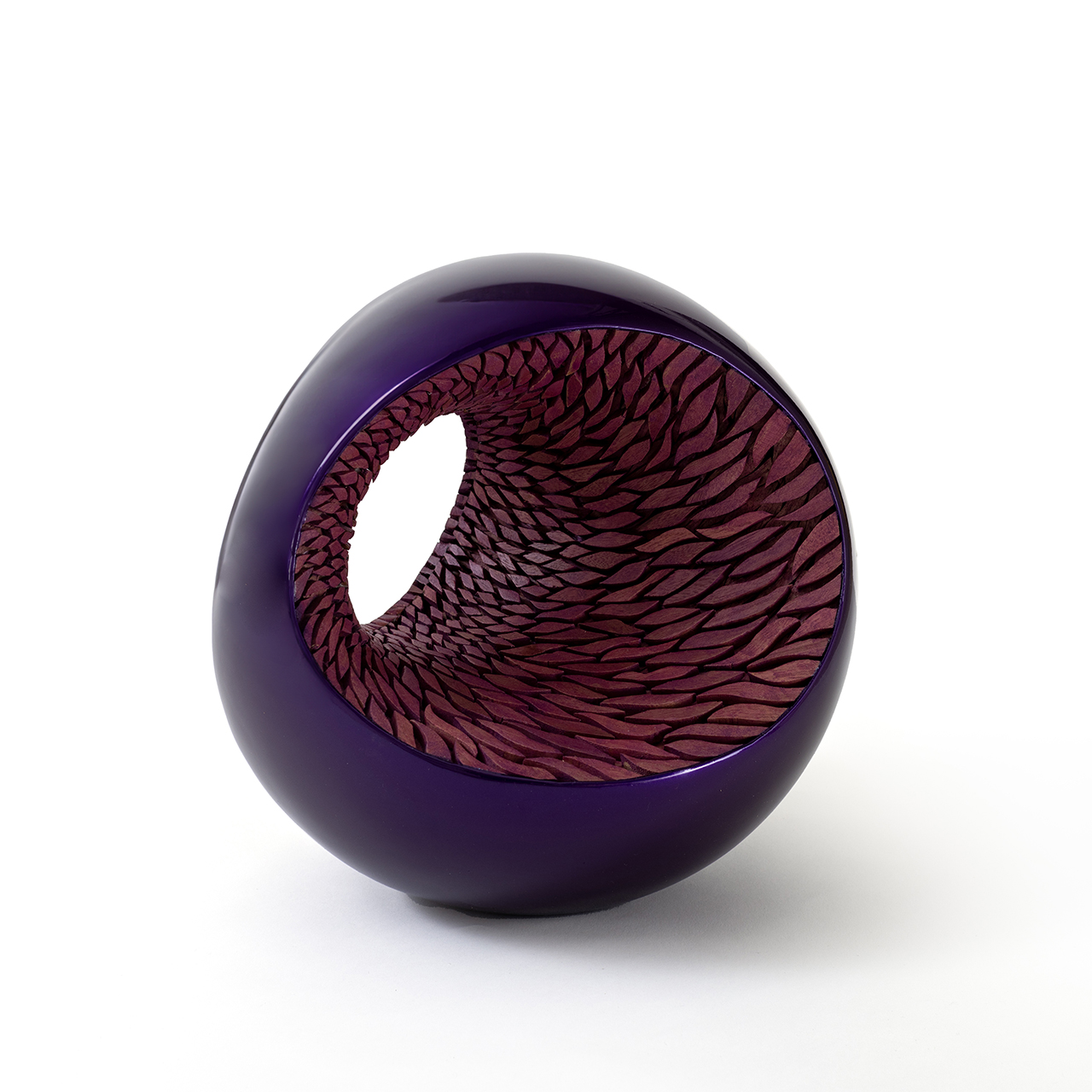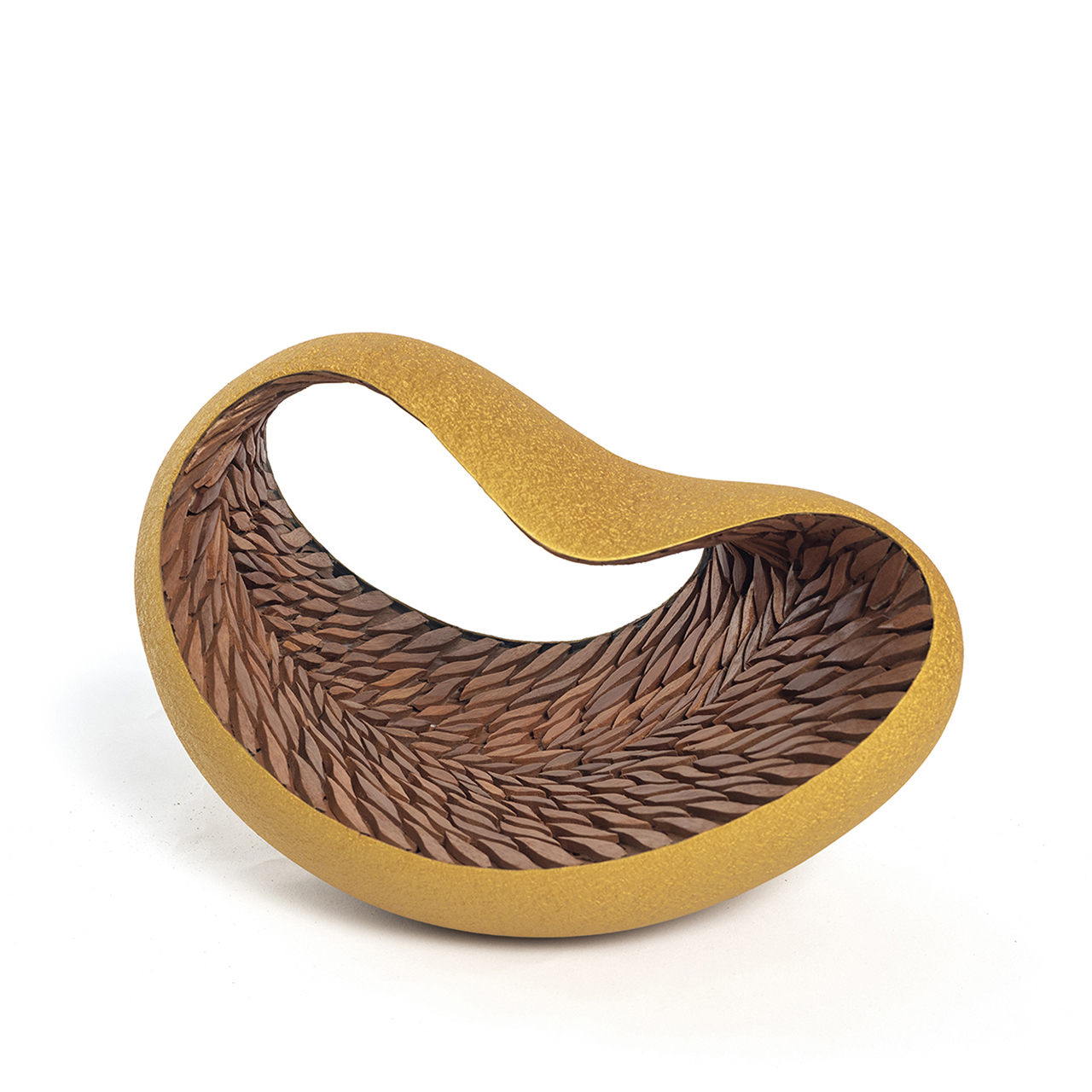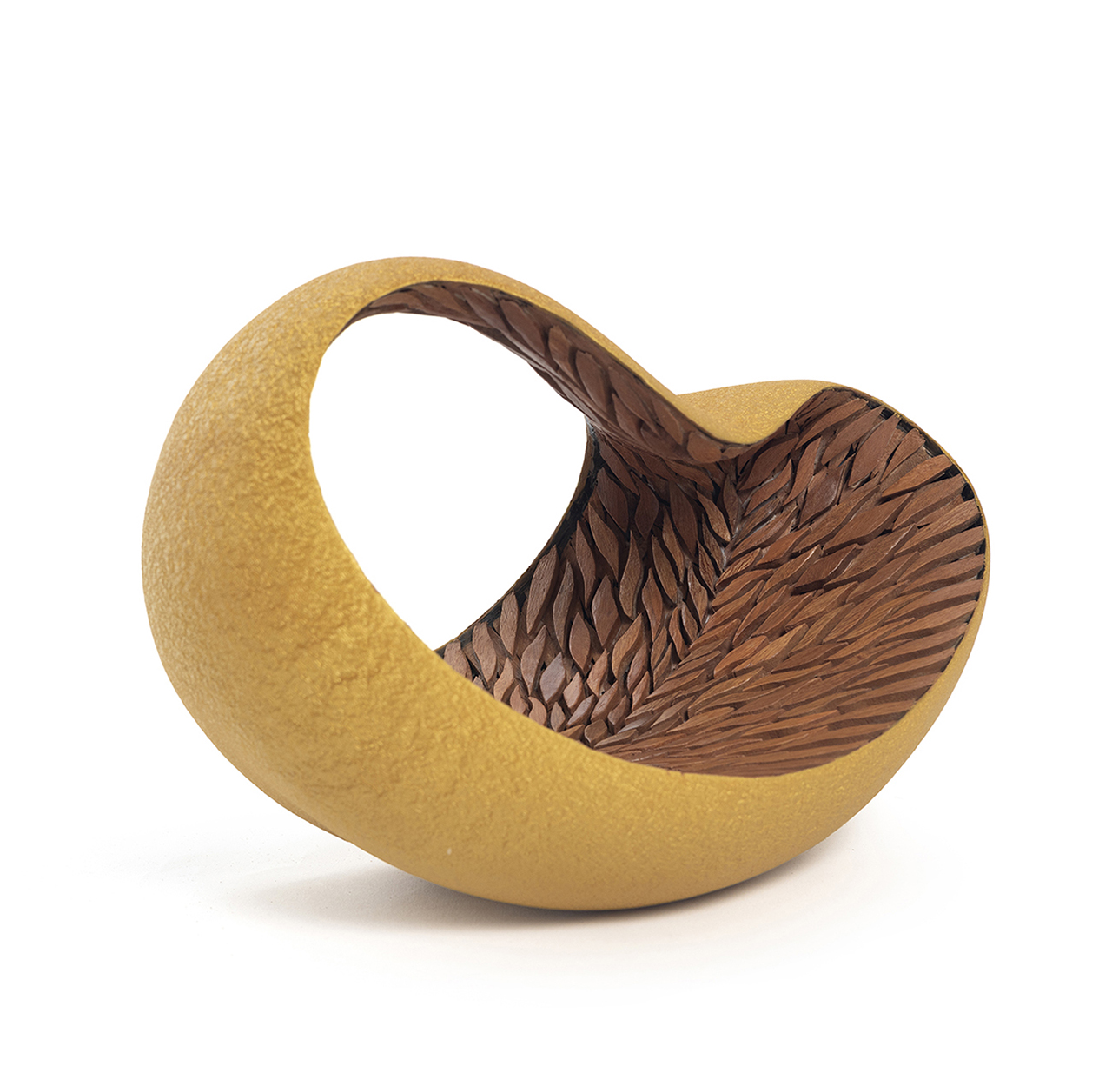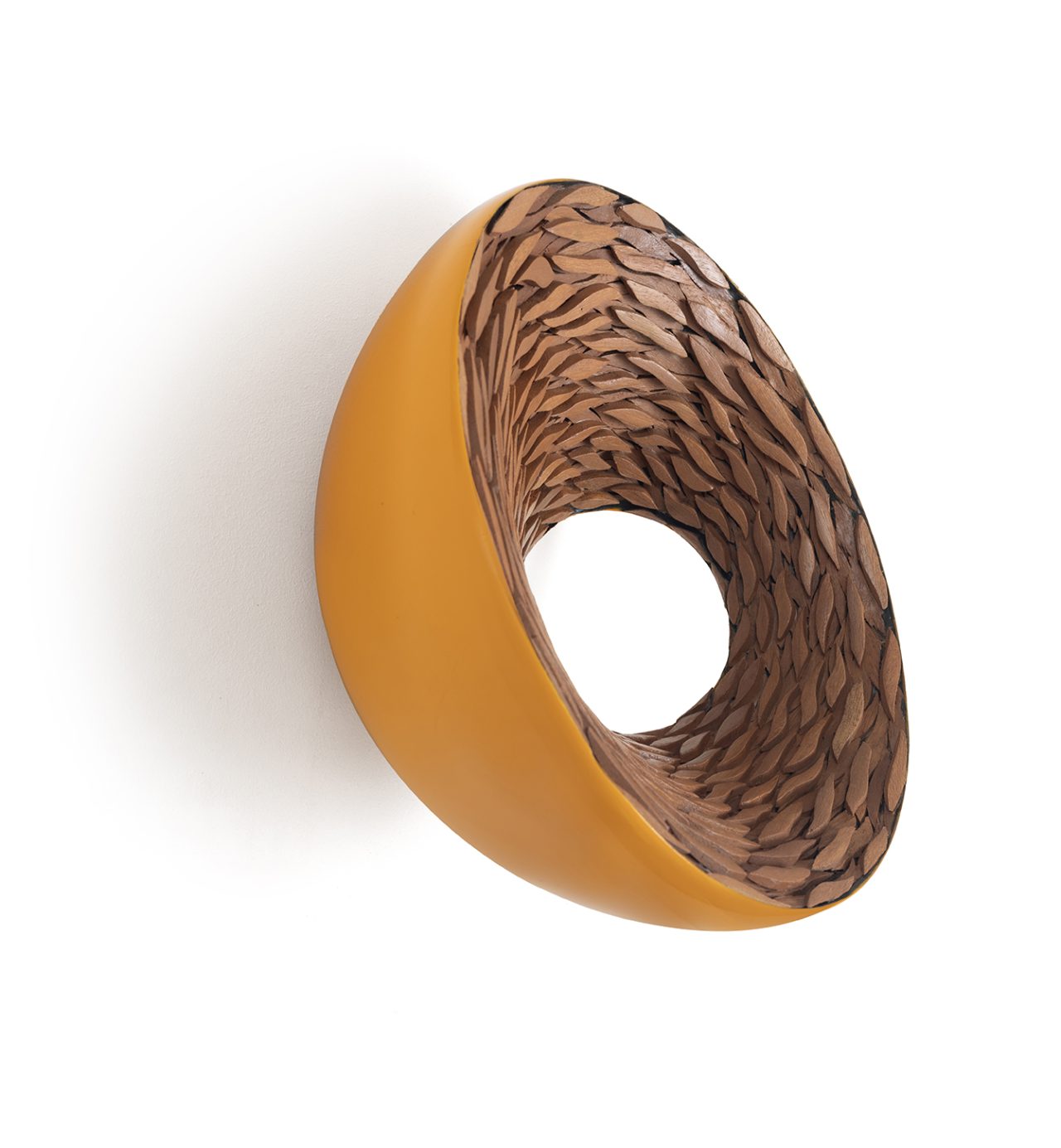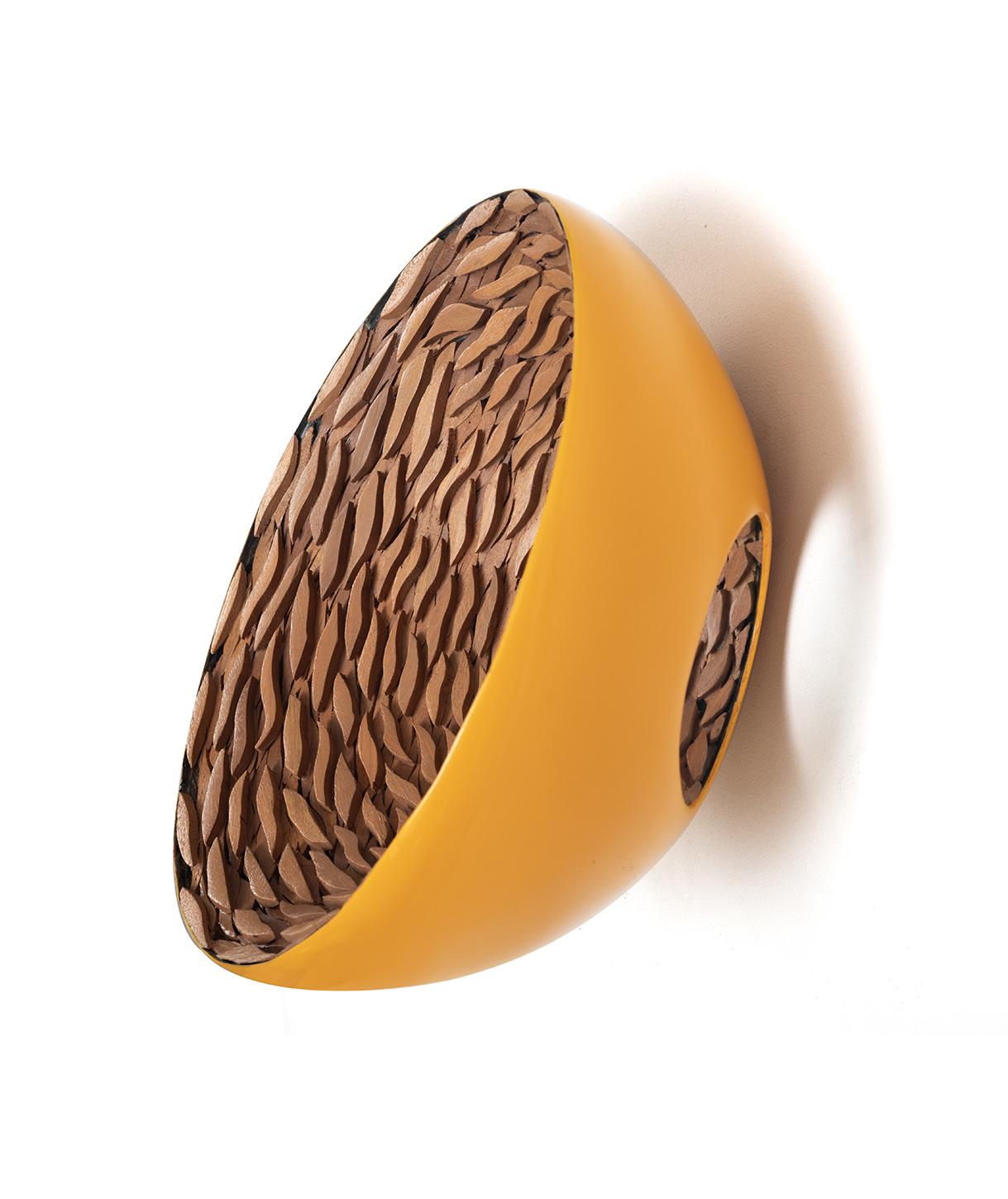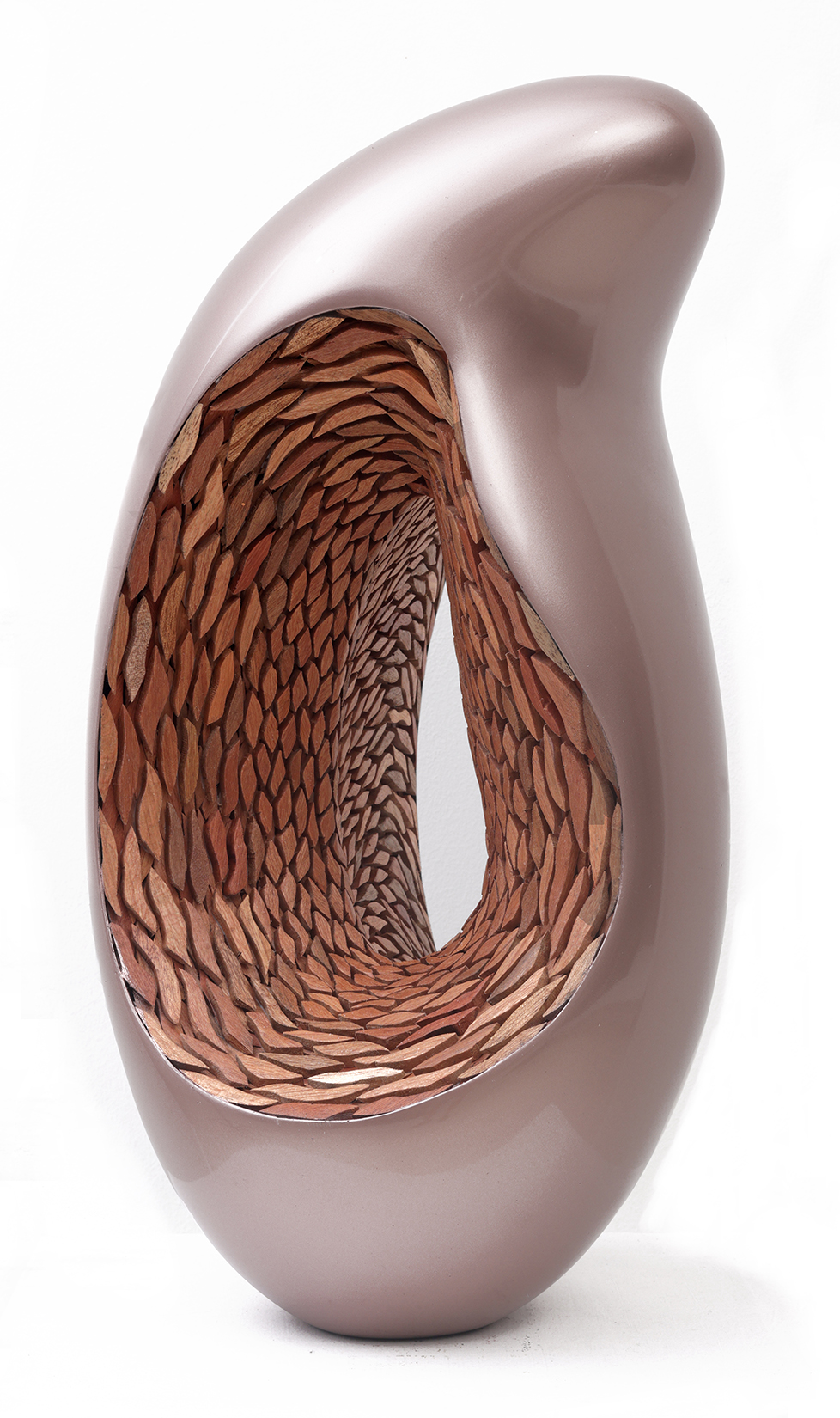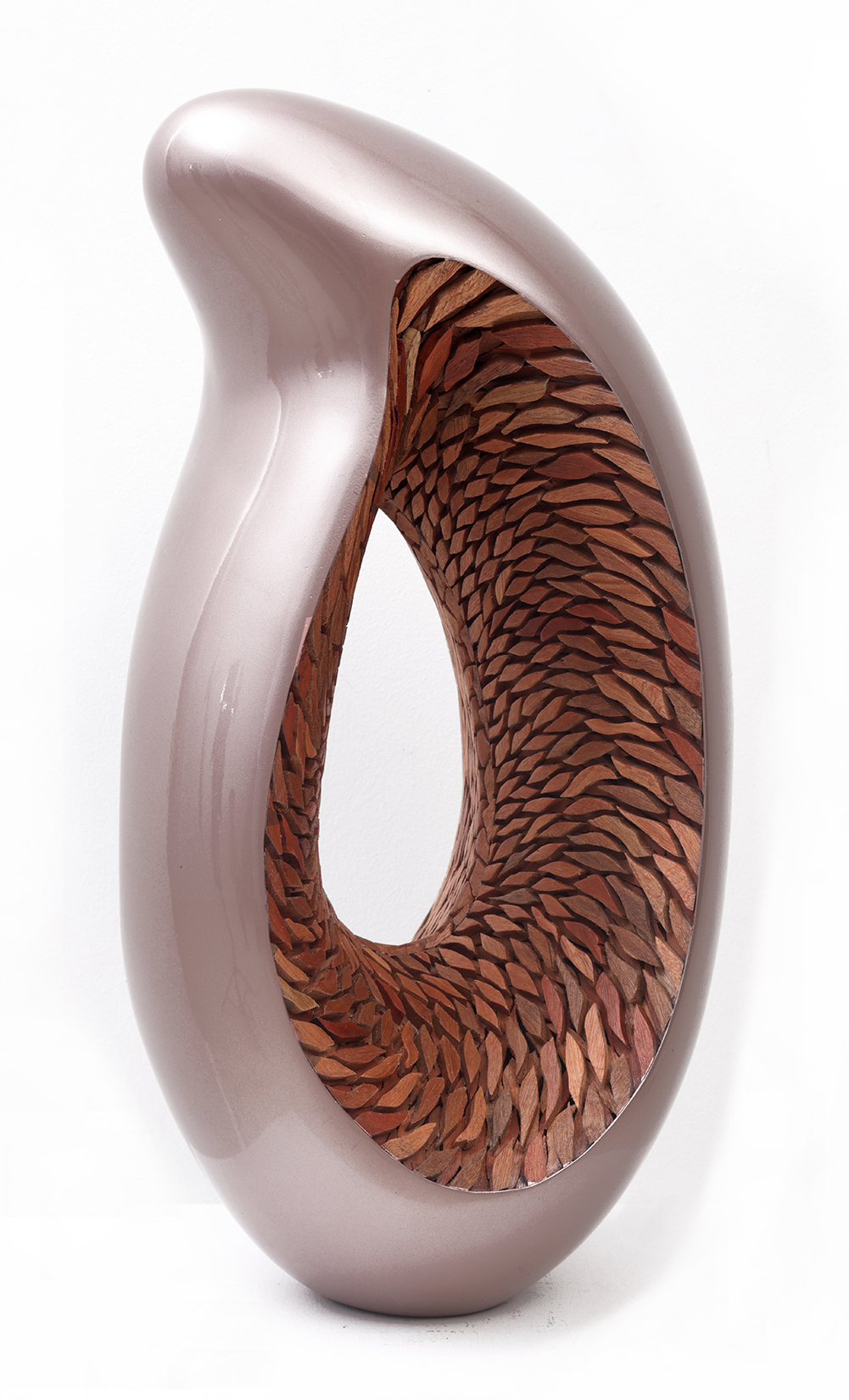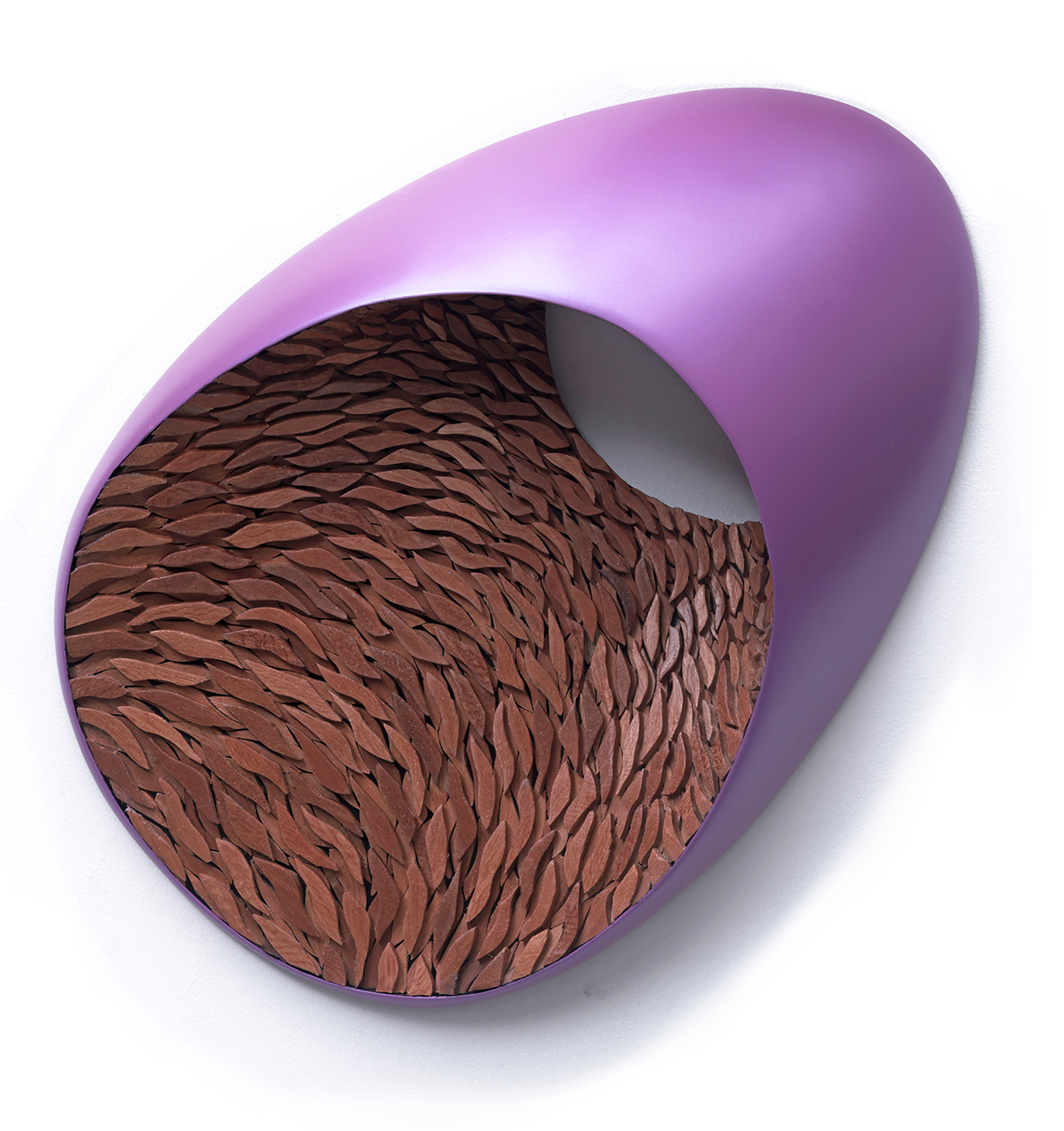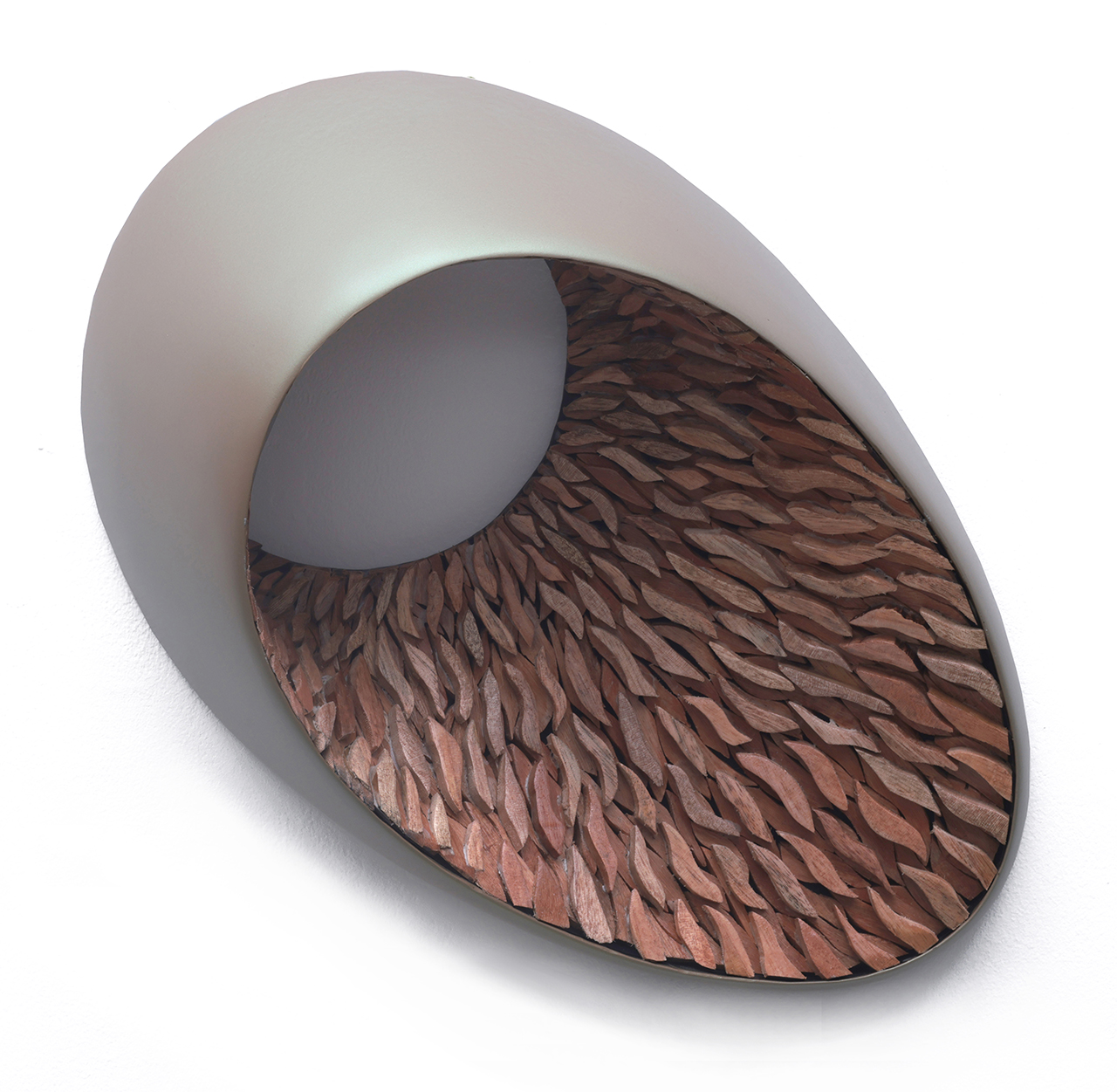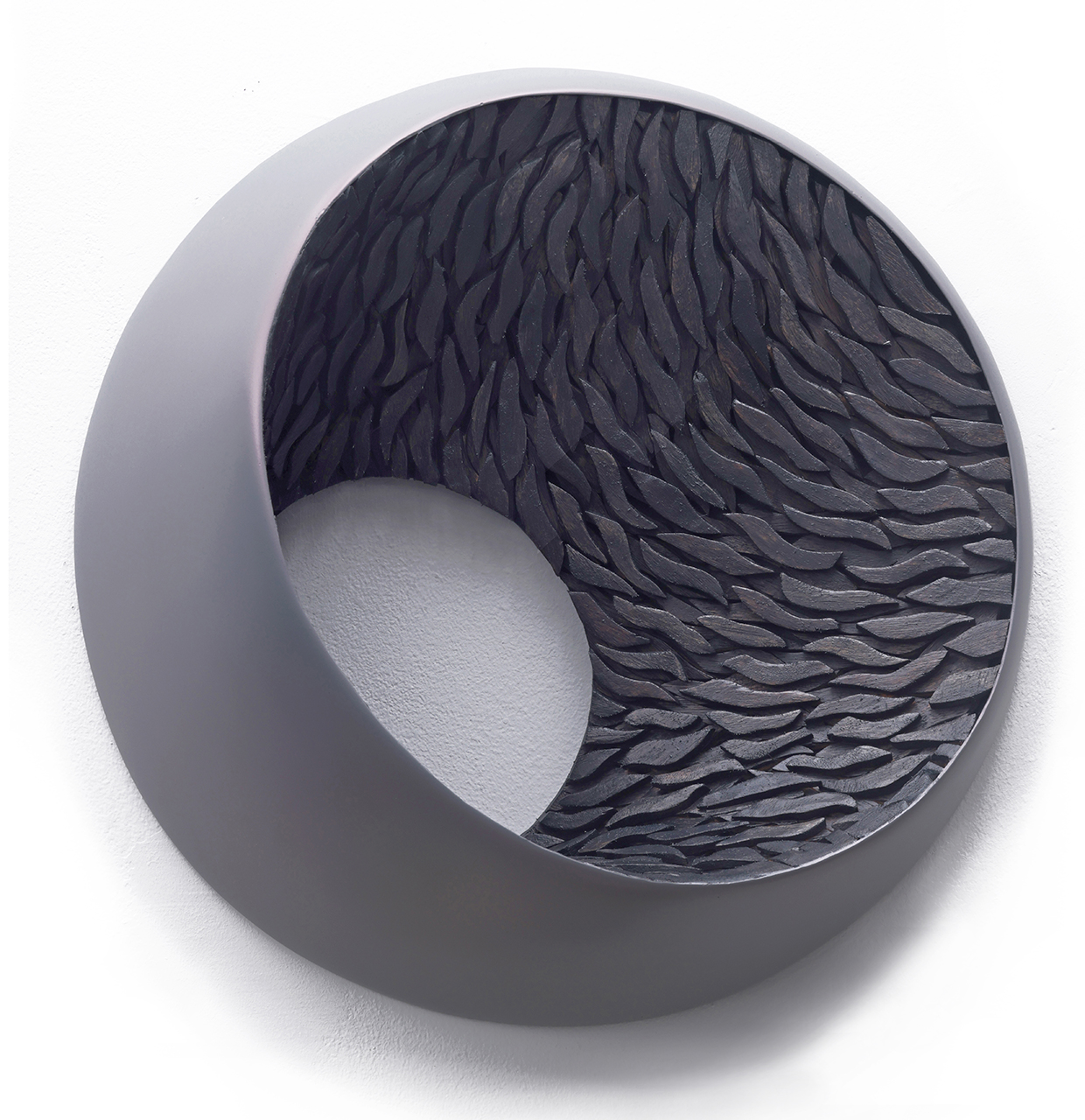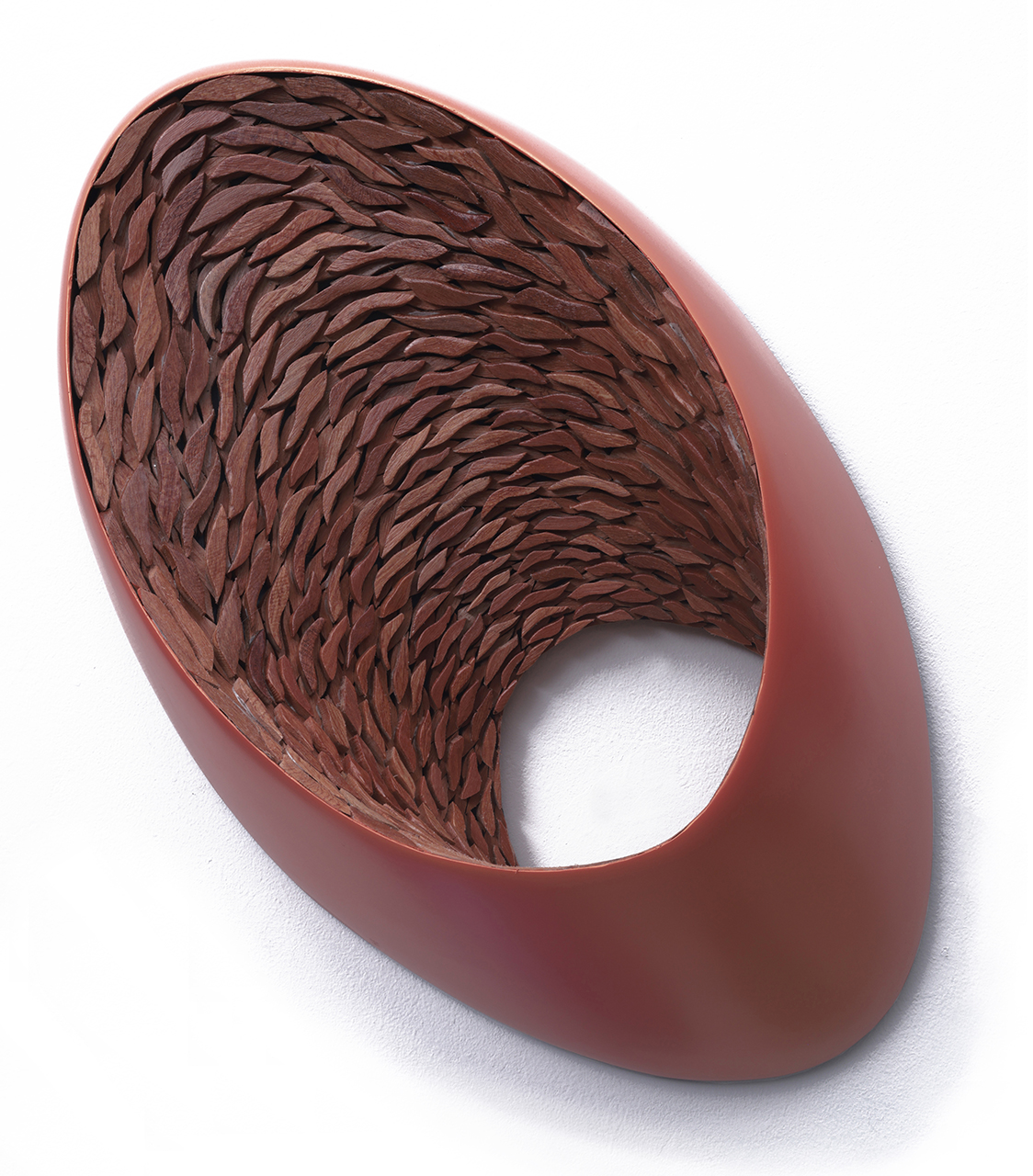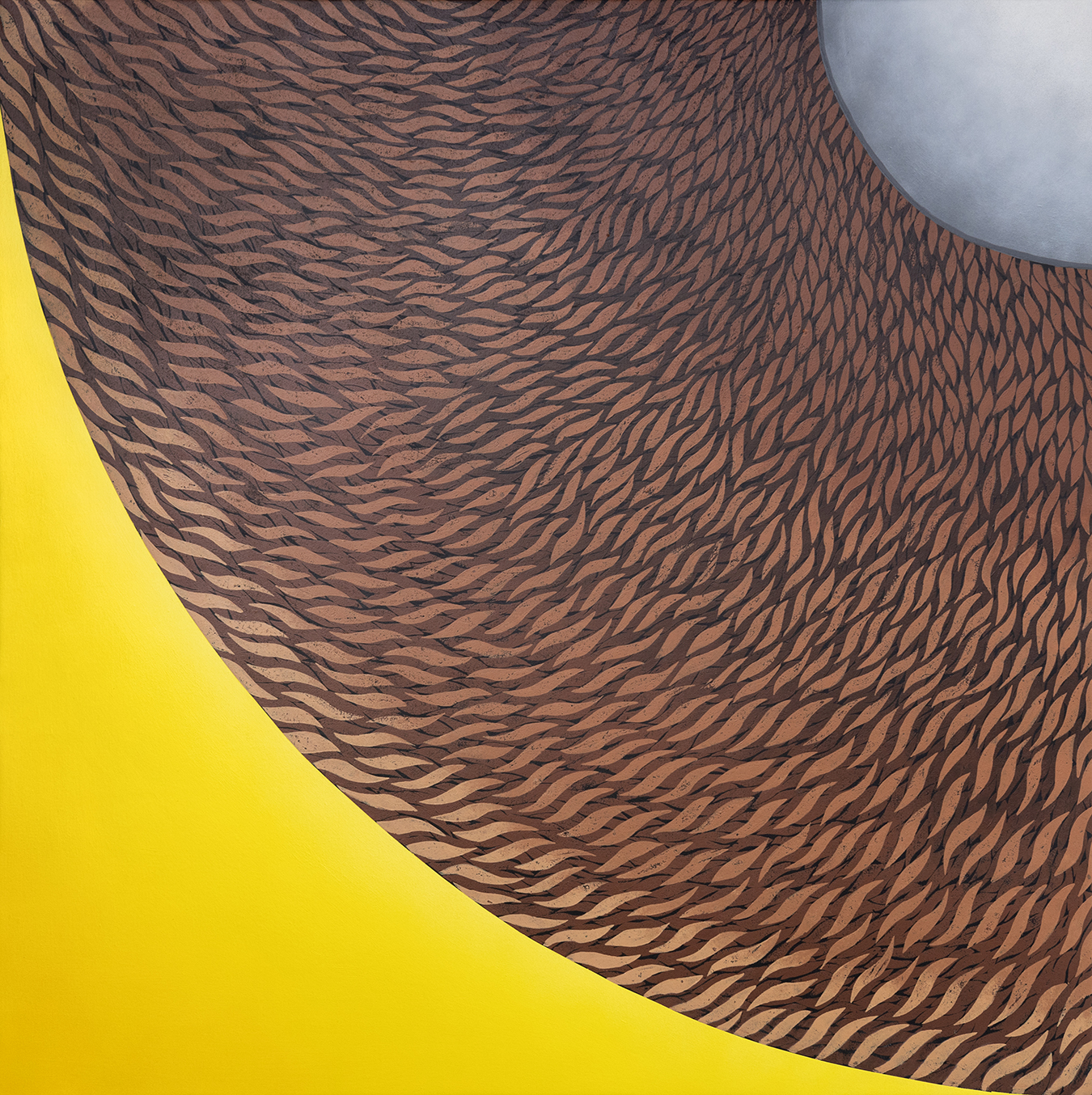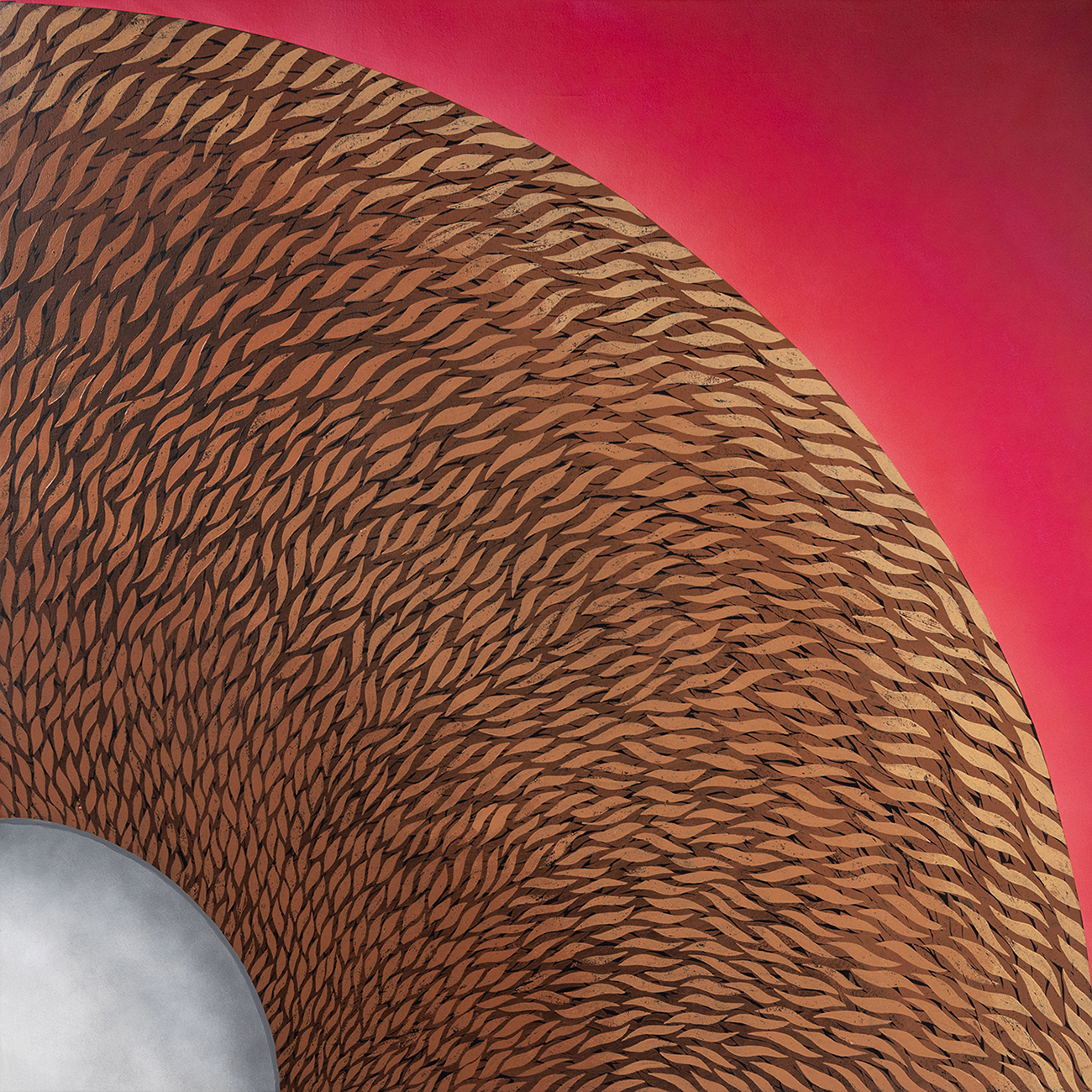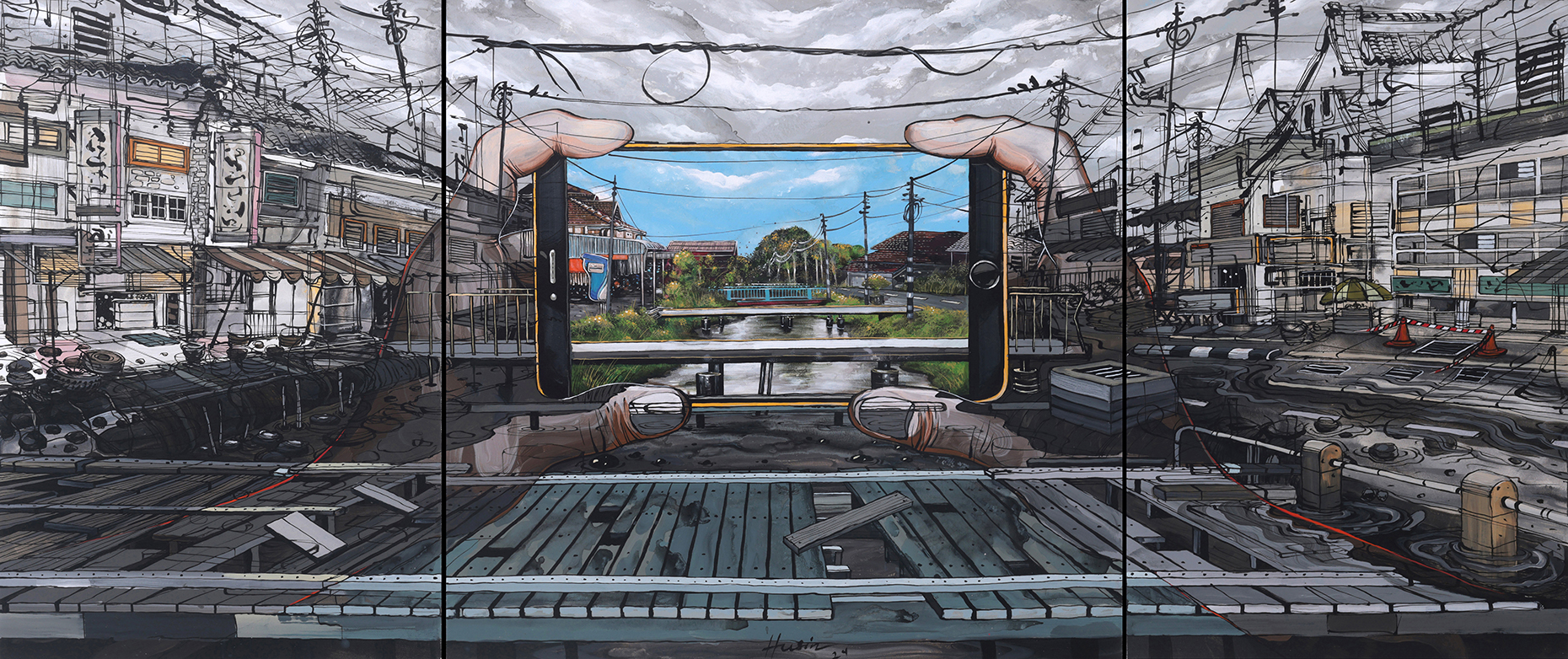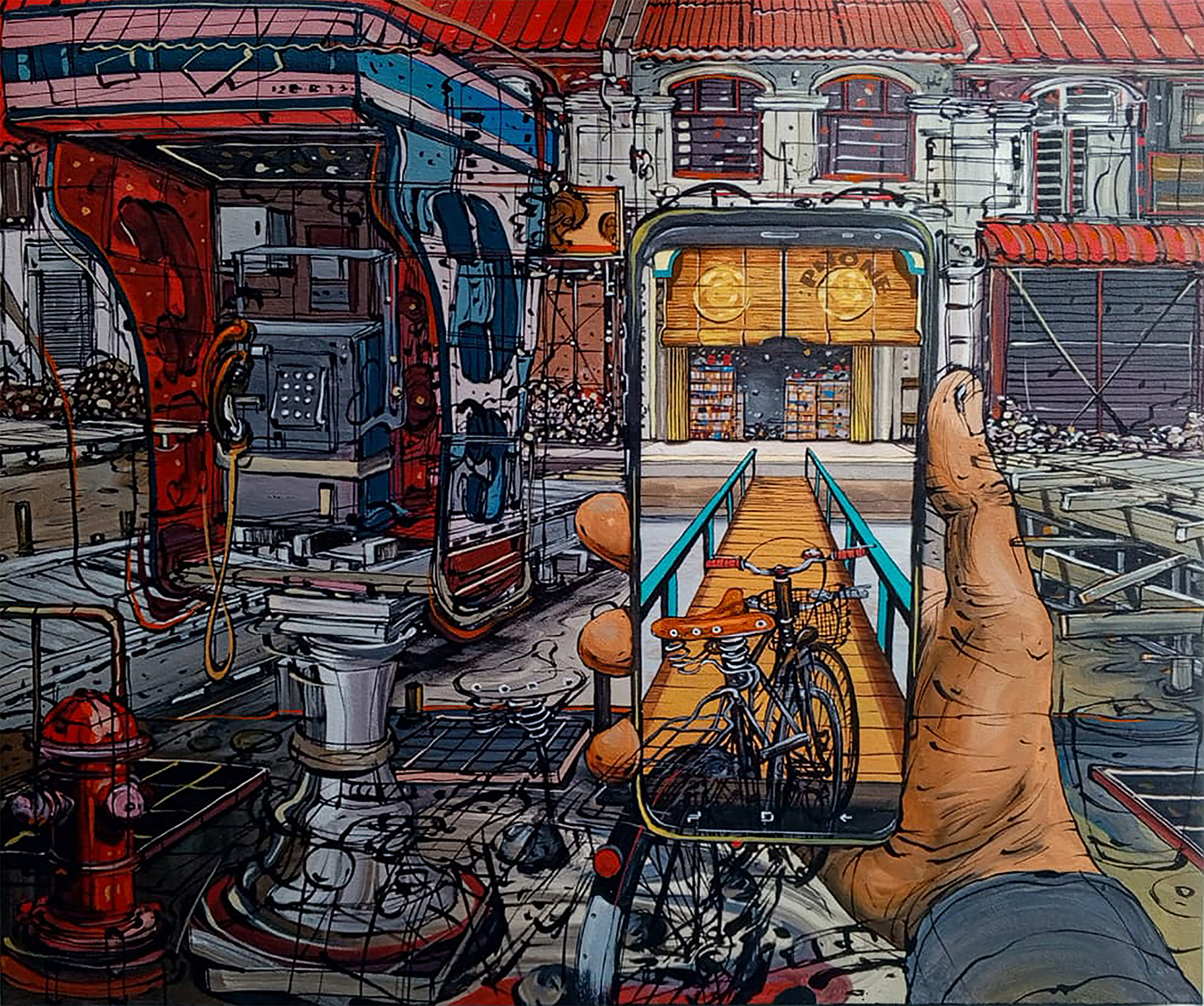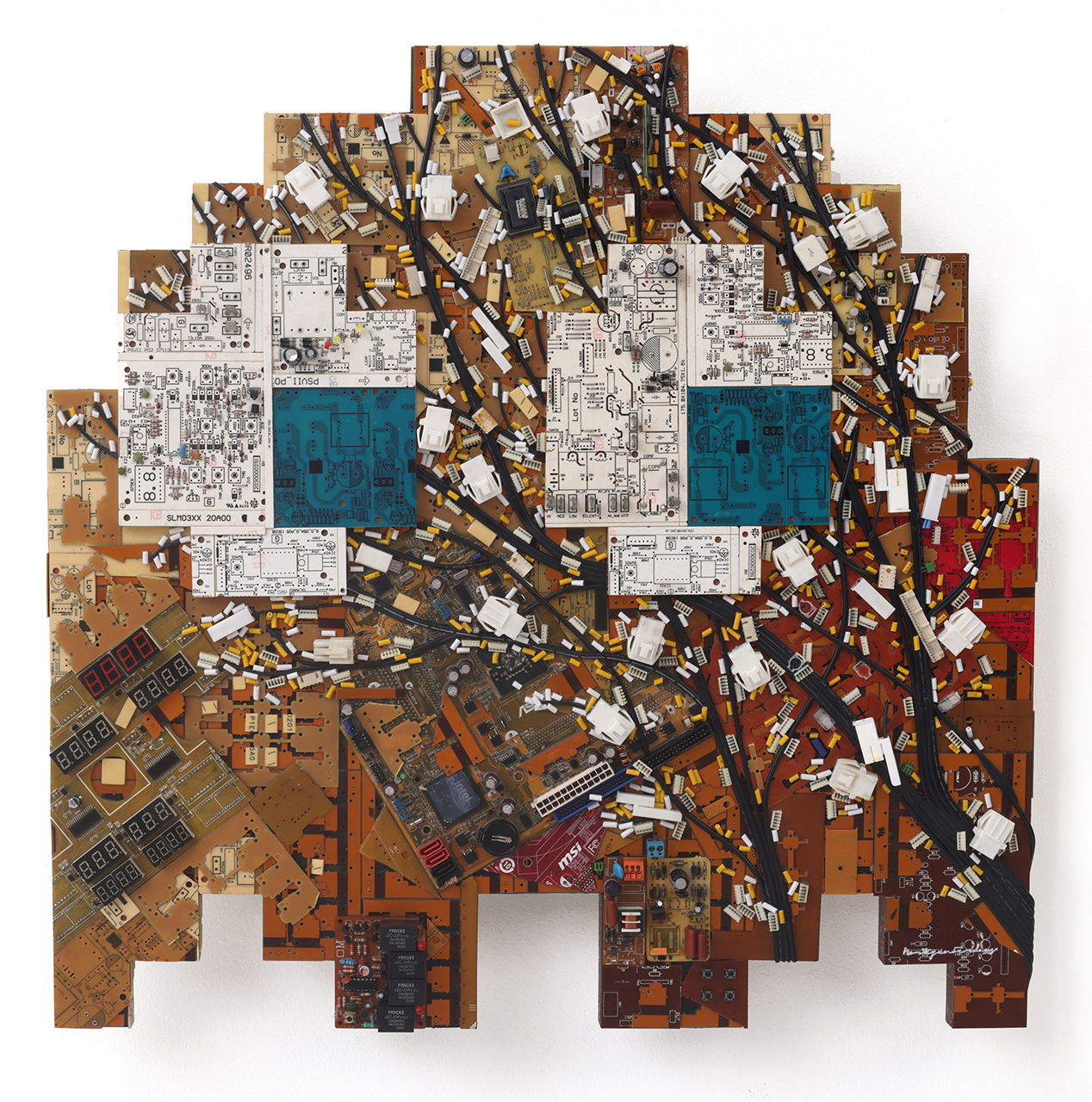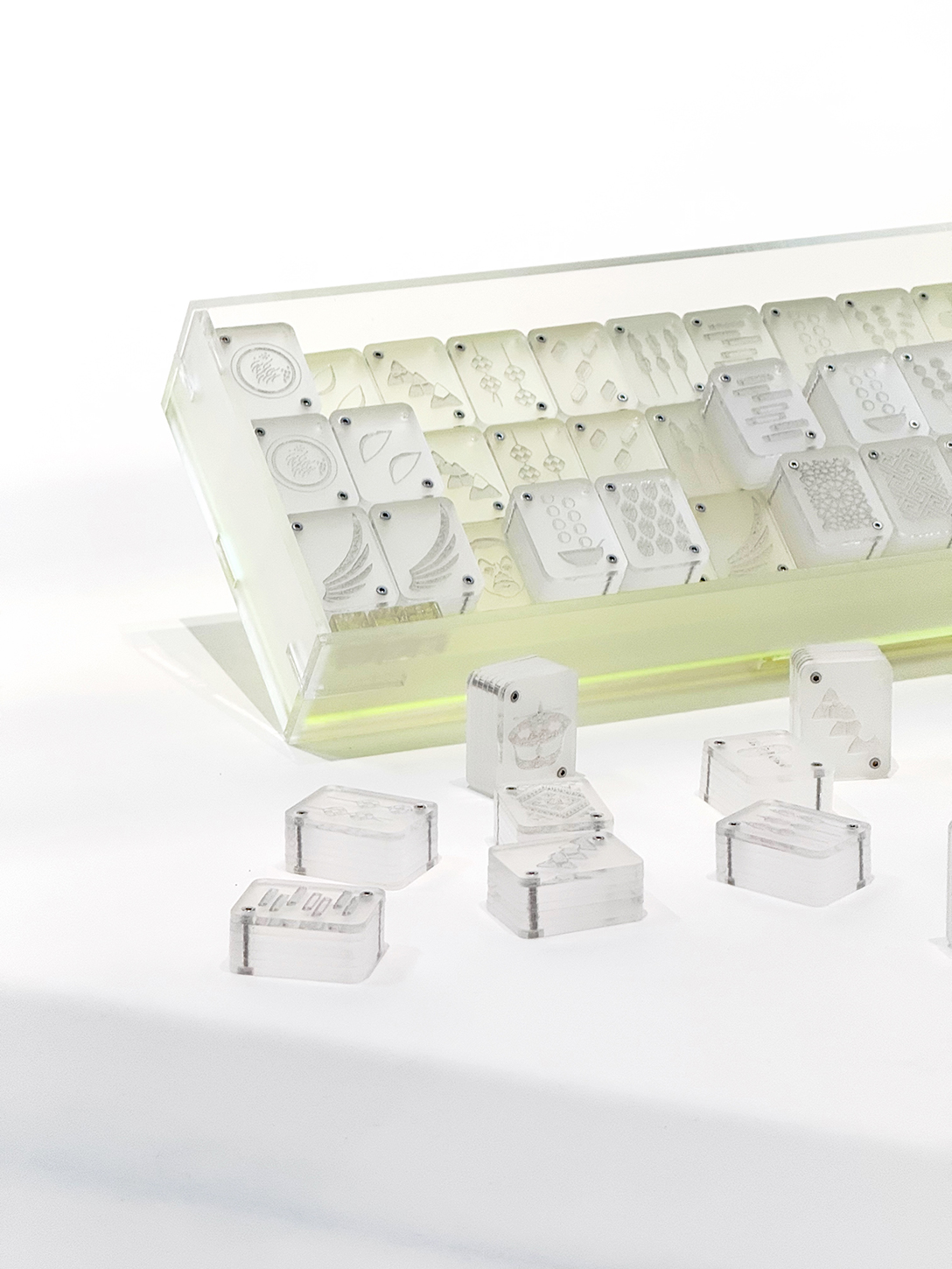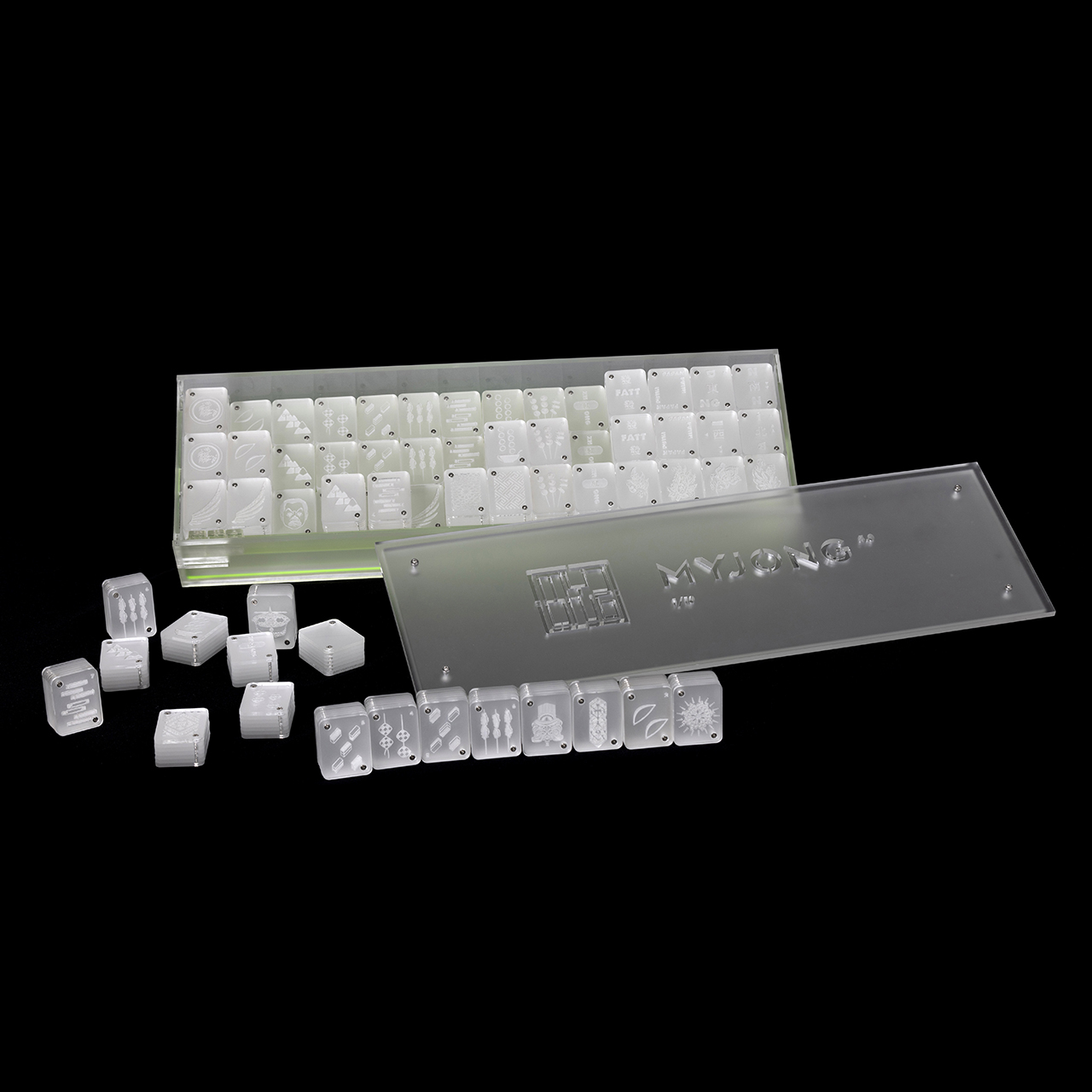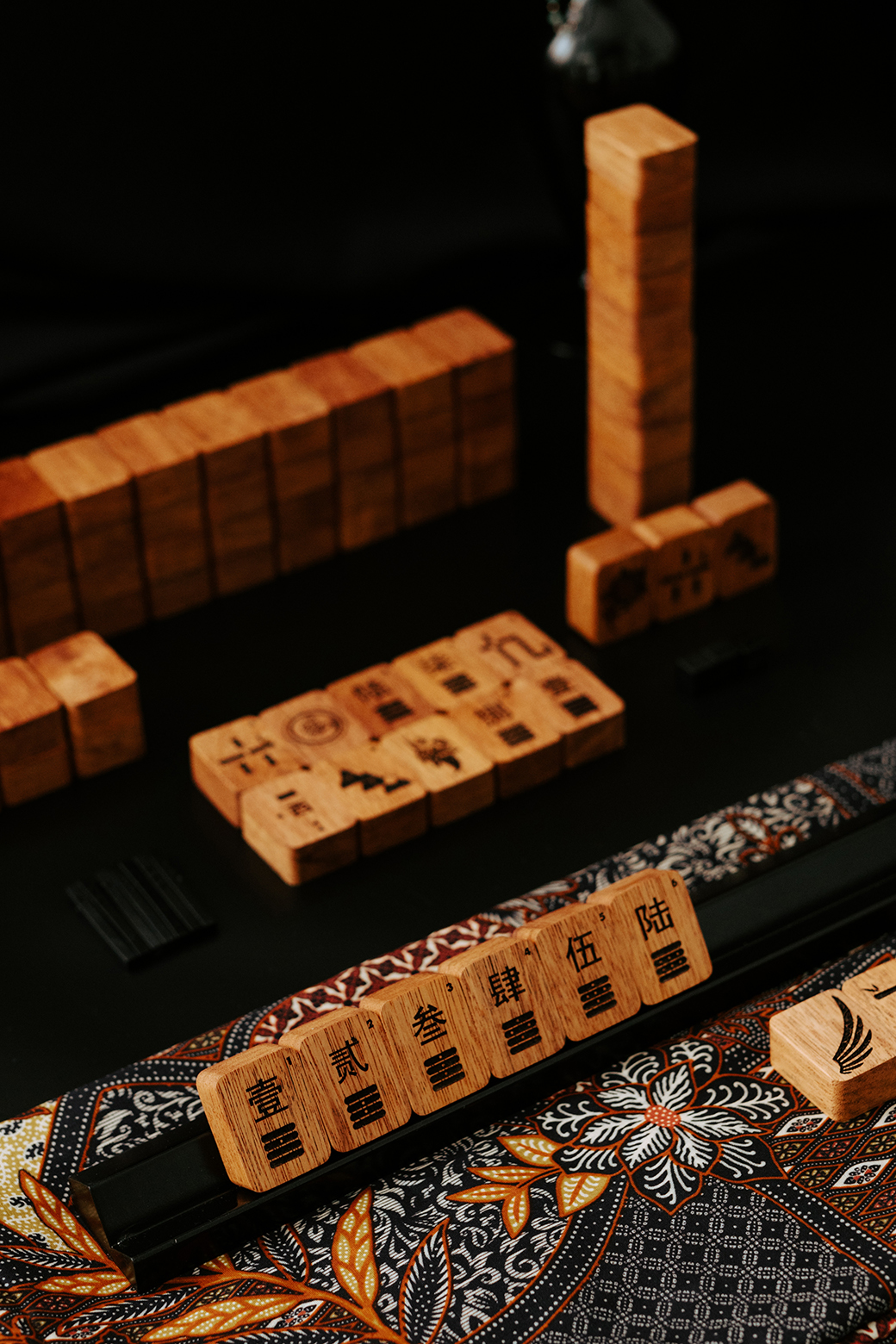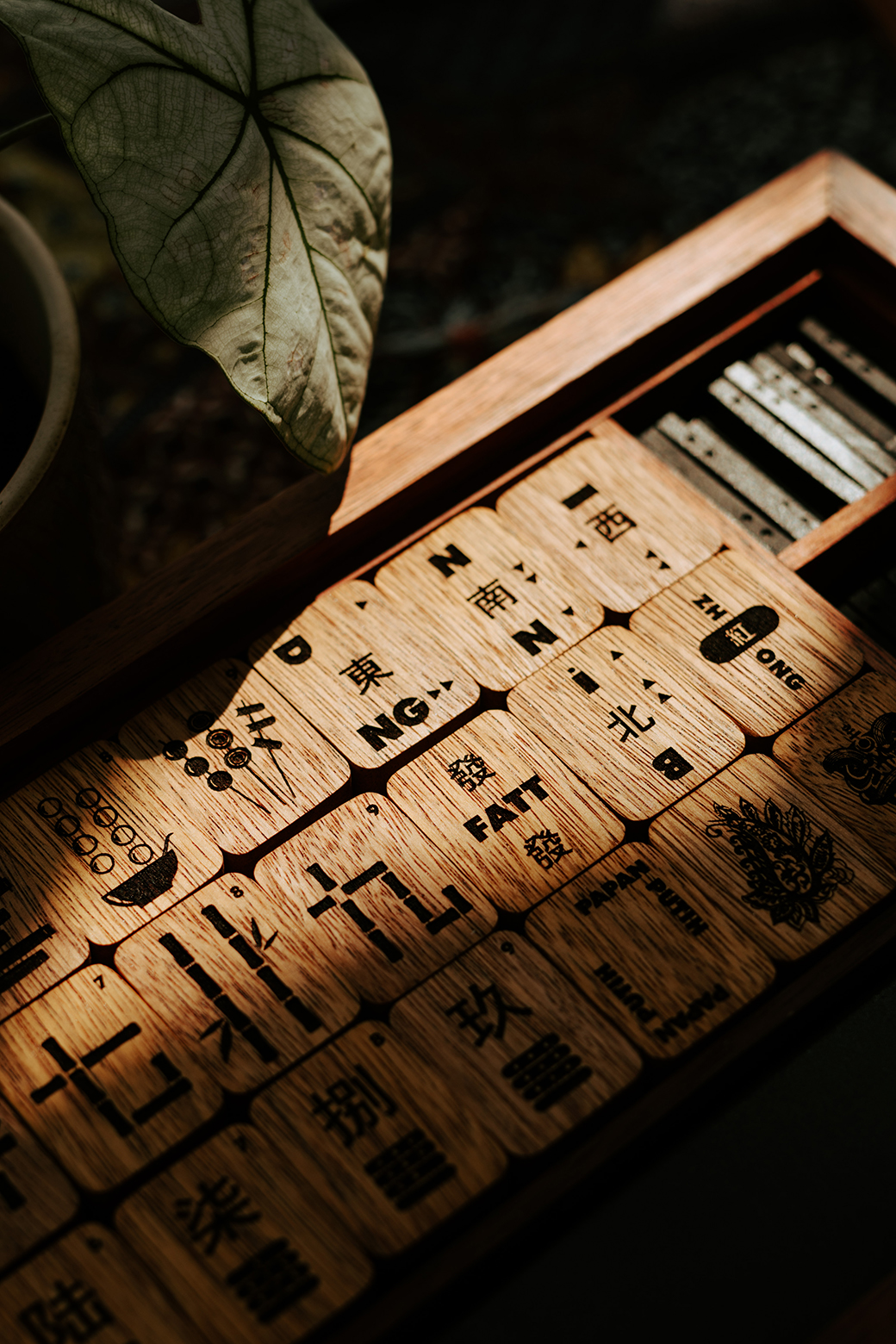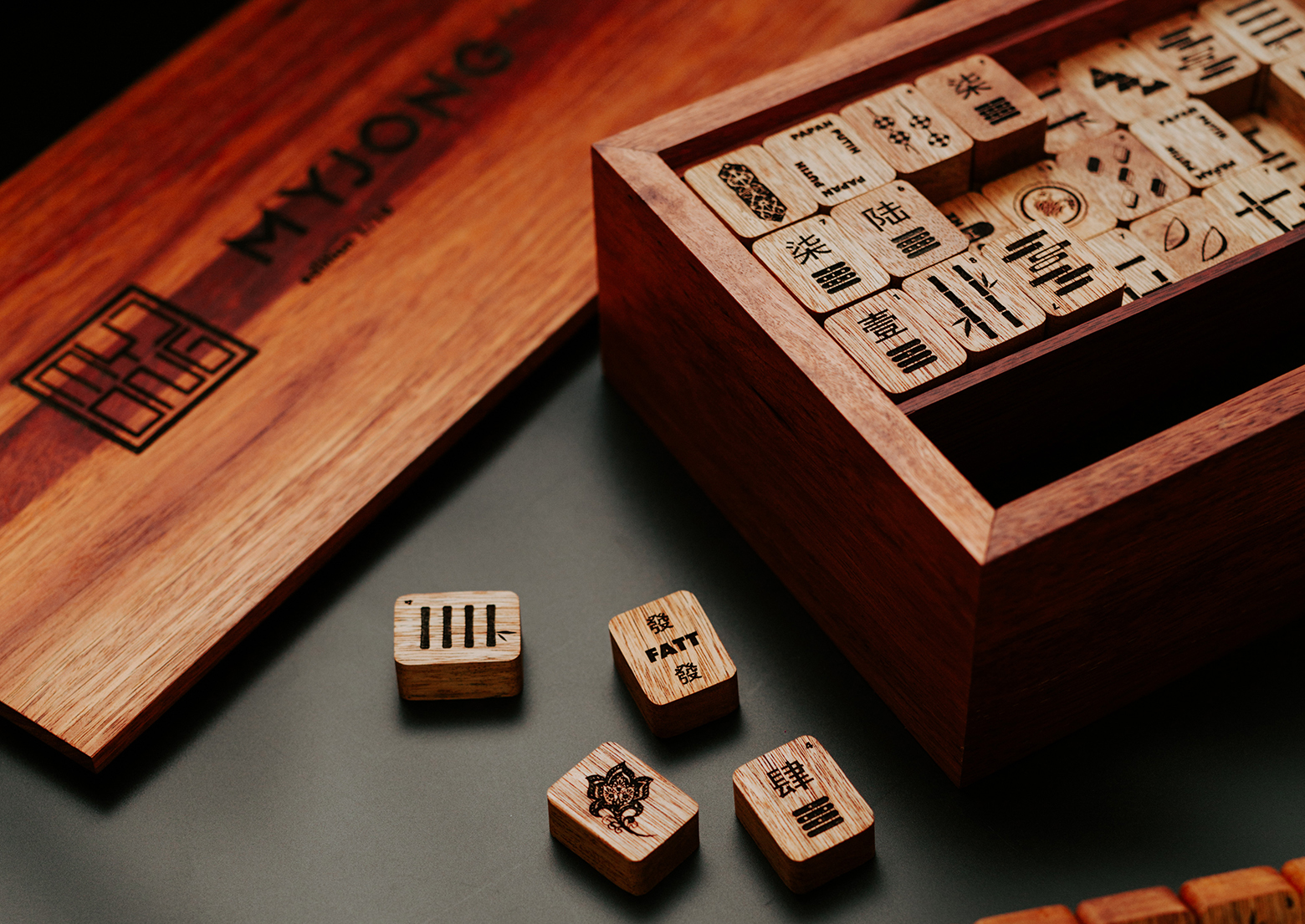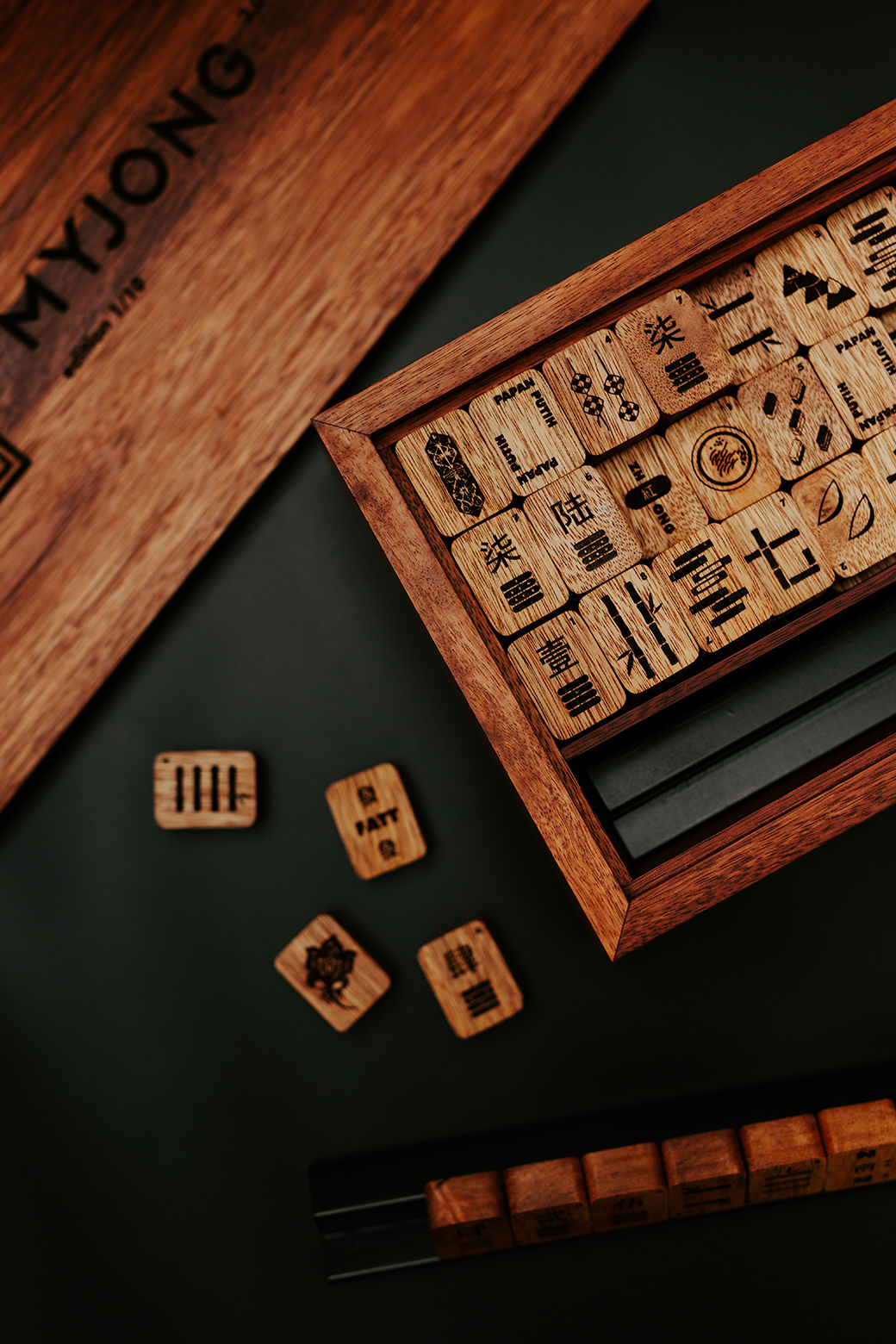AArt Shanghai 2025 (上海城市艺术博览会)
Group Exhibition:-
Apis
Po Oi
Sean
Tijan
Unreality Kai
V.I.P. Preview: 9th May 2025
Public Admission: 10th – 11th May 2025
Room 302, 3F, HUALUXE Shanghai Twelve at Hengshan, Shanghai
*Click on images to zoom in
从本土出发,走向世界共鸣:马来西亚当代艺术新浪潮
马来西亚当代艺术正逐步在国际舞台上崭露头角,得益于新一代艺术家的崛起,他们的创作深刻反映了国家丰富的文化多样性、不断演变的身份认同以及创新的艺术实践。这些艺术家通过独特的媒介和概念探索,推动了马来西亚艺术在全球的影响力。例如, Apis 以其对传统艺术形式的挑战而闻名,他采用非传统材料和概念方法,激发观众对物理和象征维度的深层思考。Po Oi 则将大胆的色彩、象征主义和雕塑技巧融合在一起,探索身份和自我价值的主题。他的第三次个展《I AM PO OI 3.0》于2025年在香港的Art Central亮相,标志着马来西亚雕塑在国际舞台上的重要里程碑。Sean 通过描绘马来西亚乡村生活中的人物,捕捉了静谧的情感和人类的脆弱性,其作品深植于乡村生活的记忆和文化传统中。Tijan 将电子废弃物转化为抽象的艺术作品,反映了对记忆、可持续性和环境的关注。Unreality Kai (黄凯毅)则在数字与文化之间架起桥梁,创作出融合网络美学与马来西亚图像的多媒体作品,提出了替代现实和未来的可能性。这些艺术家共同为马来西亚当代艺术注入了活力和深度,使其在全球范围内产生共鸣,同时保持对本地叙事和文化遗产的深刻连接。
From Local Roots to Global Resonance: The New Wave of Malaysian Art
Malaysian contemporary art is asserting its presence on the global stage, driven by a new generation of artists whose practices reflect the country’s rich cultural complexity, evolving identities, and creative innovation. Artists like Haafiz Shahimi challenge traditional art forms through unconventional materials and conceptual approaches that provoke reflection on both physical and symbolic dimensions. Po Oi combines bold color, symbolism, and sculptural finesse in works that explore identity and self-worth—his third solo exhibition, I AM PO OI 3.0, debuted at Art Central 2025 in Hong Kong, marking a major milestone for Malaysian sculpture on the international stage. Sean captures quiet emotion and human vulnerability in figurative works rooted in rural Malaysian life, while Tijan transforms electronic waste into abstract compositions that reflect on memory, sustainability, and the environment. Bridging the digital and cultural, Unreality Kai (Kaiyi Wong) creates multimedia works that fuse cyber aesthetics with Malaysian iconography, proposing alternate realities and speculative futures. Collectively, these artists offer a dynamic and thoughtful voice for Malaysian contemporary art—one that resonates globally while remaining grounded in local narratives and cultural heritage.
- Apis
哈菲兹·沙希米(Haafiz Shahimi,1986年生),又名 APIS,是一位来自马来西亚的跨领域艺术家,专注于融合版画与行为艺术的创作实践。自2014年以来,他开创性地发展出受峇迪传统启发的火烧版画技法,运用加热的金属模板将文化与神话意象烙印于画布和黄麻布等材质之上。APIS 将艺术与热力学原理结合,探索科学与神话、东方与西方、物理与哲学等二元对立之间的张力。他通过反向燃烧、化学处理和汽车漆等实验性手法,将传统与工业元素交融,体现在其过往的系列作品中。APIS 以前卫的创作实践不断突破当代马来西亚艺术的界限,以创新手法反思文化,重塑传统。
当代数字文化的荒诞与现实,在 APIS 的《Bet You Wanna Slap It》系列中被幽默而犀利地揭示。作品以大胆且讽刺的视角,探讨当今社交媒体现象——在追求病毒式传播和即时反馈的过程中,真诚的交流常常被牺牲。APIS 在该系列中直指社交媒体表演性的本质,以及在缺乏深度思考的环境下所激发的冲动性与攻击性反应。作品标题本身既顽皮又挑衅,以轻松的语气吸引观众深入探索,实则揭示了当代视觉体验如何在无尽滑动中被商品化与表面化。介于反讽与内省之间,APIS 的创作邀请观众重新审视自己在这个高度媒介化世界中的角色——既是观看者,也是参与者。
Haafiz Shahimi (b. 1986), also known as APIS, is a Malaysian interdisciplinary artist whose work bridges printmaking and performance art. Since 2014, he has pioneered pyrography print techniques inspired by batik traditions, using heated metal matrices to imprint cultural and mythological imagery onto materials like canvas and jute. Blending art with thermodynamic principles, APIS explores dualities such as science and mythology, East and West, and physics and philosophy. His experimental methods—including inverted burns, chemical treatments, and automotive paint—infuse traditional and industrial elements, as seen in his previous series. APIS’s boundary-pushing practice continues to redefine contemporary Malaysian art through innovation and cultural reflection.
“Bet You Wanna Slap It” series presents a bold and satirical examination of contemporary digital culture, where the pursuit of virality often outweighs genuine engagement. In this body of work, APIS provocatively addresses the performative nature of social media and the impulsive aggression often triggered in an environment driven by instant reactions and little reflection. The cheeky yet confrontational title draws viewers in with humor, while offering a deeper critique of how visual experiences are commodified in the age of endless scrolling. Positioned between irony and introspection, APIS’ work invites audiences to reflect on their roles as both viewers and participants within a hyper-mediated world.
- Po Oi
费鲁兹·派山(Fairuz Paisan,1981年生,马来西亚),艺术名 Po Oi,是一位当代雕塑家,以其对圆形形式的创新探索而闻名,作品主要材质包括木材与玻璃纤维。Po Oi 毕业于马来西亚玛拉工艺大学,2014年取得美术与科技硕士学位,擅长将传统工艺技法与装饰艺术(Art Deco)美学结合,并在作品中融入鲜明的色彩、象征性语言与情感深度。他的雕塑作品涵盖壁挂式与独立式装置,运用玻璃纤维象征外在的华丽与吸引力,与代表内在本质的木材形成对比,激发观者对表象与真实之间张力的思考。Po Oi 的作品技艺精湛,时常融入流行文化的隐喻,作品广泛展出于马来西亚及区域艺术博览会。他于2025年在香港 Art Central 举办的个展《I AM PO OI 3.0》,标志着马来西亚雕塑在国际舞台上的重要里程碑。
Po Oi 的艺术创作深植于对材料探索与文化象征的诠释,这一点在他持续发展的《Circle Within a Circle》系列与最新系列《Seeds》中尤为突出。他以圆形为核心语言,透过玻璃纤维、汽车烤漆与精致镶嵌木材等多种媒材,层层构筑关于身份、记忆与个人转化的细腻叙事。《Circle Within a Circle》探讨重复性、包覆性与情感体验的循环性,而《Seeds》则在此基础上延伸,将种子转化为潜能的象征——承载成长、传承与自我能量的容器。这两个系列交织出一套内敛而沉思的雕塑语言,在外在美感的精准与内在情感的深度之间取得微妙的平衡,引导观者思考外表与内在之间的静谧张力。通过细腻的工艺与象征意涵的交融,Po Oi 持续在传统与当代文化之间建立对话,呈现出兼具冥想性与视觉张力的雕塑叙事。
Fairuz Paisan (b. 1981, Malaysia), known as Po Oi, is a contemporary sculptor celebrated for his innovative exploration of circular forms through wood and fiberglass. A Master’s graduate in Fine Art and Technology from Mara University of Technology (2014), Po Oi combines traditional craftsmanship with Art Deco aesthetics, infusing his work with bold color, symbolism, and emotional depth. His sculptures—ranging from wall-mounted to free-standing pieces—juxtapose fiberglass, symbolizing external beauty, with wood, representing inner essence, inviting reflection on the tension between appearance and reality. Recognized for his technical finesse and subtle pop culture references, Po Oi’s work has been widely exhibited in Malaysia and regional art fairs. His recent solo exhibition, ‘I AM PO OI 3.0’, at Art Central Hong Kong 2025, marks a significant milestone for Malaysian sculpture on the international stage.
Po Oi’s artistic practice is deeply rooted in material exploration and cultural symbolism, as reflected in both his ongoing “Circle Within a Circle” and latest “Seeds” series. Known for his sculptural language centered around circular forms, Po Oi uses materials such as fiberglass, automotive paint, and intricately inlaid wood to articulate layered meanings of identity, memory, and personal transformation. While “Circle Within a Circle” explores repetition, containment, and the cyclical nature of emotional experiences, “Seeds” builds on this vocabulary by reimagining the seed as a vessel of potential—holding the energy of growth, heritage, and the self. Together, these series form a contemplative body of work that balances external aesthetic precision with introspective depth, inviting viewers to reflect on the quiet tensions between outer appearances and inner truths. Through refined craftsmanship and symbolic nuance, Po Oi continues to bridge tradition and contemporary culture, offering sculptural narratives that are as meditative as they are visually compelling.
- Sean
胡辛·奥斯曼(Husin Othman),艺名 Sean,是一位马来西亚当代艺术家,其创作实践深植于记忆、身份与文化延续等主题。2013 年,他以优异成绩毕业于马来西亚玛拉工艺大学(UiTM)美术系。Sean 的灵感源自他在霹雳州乡村与七位兄弟姐妹共同成长的童年时光,其富有感染力的人物绘画通过对日常生活场景的怀旧描绘,生动捕捉马来西亚文化的精神面貌,展现马来传统价值观。在 2014 年,他荣获马来西亚 UOB 年度绘画大奖,被评为“最具潜力艺术家”。
2024 年,Sean 受邀参加在中国桂林举办的首届“和谐共融:中马艺术交流展”,该项目旨在通过当代艺术促进跨文化理解与交流。作为马来西亚新生代代表之一参展,他的参与凸显其在推动区域艺术对话中的重要角色。Sean 的作品更被桂林美术馆永久收藏,进一步确立其在跨国当代艺术语境中的影响力,巩固了他作为东南亚当代艺术重要声音的地位。
这件作品仿佛是一幅记忆的框架,捕捉了艺术家生命中曾经存在过的一个场域。它呈现出依然在记忆中呼吸的片段——每个街角、每条斑驳的巷弄、每处曾充满声音与故事的空间。即使现实中的这些场所随着时间流逝而逐渐褪色,作品却通过两种对比的维度将其重现:一方面是逐渐衰败的现实,另一方面则是经过理想化记忆重构的数字幻境。作品唤起一种怀旧情感,也许是对童年片段或过往未曾察觉之美的追忆,如今通过科技的视角重新诠释。作品揭示了现代生活的讽刺:小小的屏幕能够改变观看角度,掩盖瑕疵,塑造一种从未真正存在过的美好画面。画面中,一边是灰暗、杂乱的现实世界——拥挤的市集、沉寂斑驳的街道、在时光中破败的游乐场,以压抑的色调与锐利的线条呈现;而在屏幕中,一切却显得缤纷、有序且理想化,隐喻着数字美学如何遮蔽现实,并重塑我们记忆中的过去。
Husin Othman, known professionally as Sean, is a Malaysian contemporary artist whose practice is rooted in memory, identity, and cultural continuity. A graduate with honors in Fine Art from UiTM in 2013, Sean draws upon his upbringing in rural Perak—where he was raised alongside seven siblings—as a wellspring of inspiration. His evocative figurative works capture the spirit of Malaysian life through nostalgic portrayals of everyday scenes, reflecting the values and traditions of Malay culture. In 2014, Sean was recognized as Malaysia’s Most Promising Artist with the UOB Painting of the Year award.
In 2024, he was invited to participate in the inaugural Harmony Unity: China–Malaysia Artwork Exchange Exhibition in Guilin, China—an initiative aimed at fostering cross-cultural understanding through contemporary art. Representing Malaysia among a curated selection of emerging voices, Sean’s inclusion highlighted his growing role in shaping regional artistic discourse. His work was acquired into the permanent collection of the Guilin Art Museum, underscoring his resonance within the broader transnational art landscape and affirming his position as a vital voice in Southeast Asian contemporary art.
This artwork serves as a frame of memory, capturing a place that was once part of the artist’s life. It reflects a past that still breathes in memory—every street corner, every worn-out alley, every space once filled with voices and stories. Though the physical location may have faded with time, the work presents it in two contrasting dimensions: a decaying reality and a digitally enhanced version, shaped by idealized memory. The piece evokes nostalgia, perhaps of childhood moments or unnoticed beauty, now reimagined through the lens of technology. It portrays the irony of modern life, where a small screen can transform perception—hiding flaws and crafting beauty that never truly existed. On one side, the real world appears dark and disordered—crowded markets, silent rusty streets, and abandoned playgrounds rendered in muted tones and harsh lines. Yet within the screen, everything is vibrant, orderly, and idealized, suggesting how digital aesthetics can mask reality and reshape how we remember the past
- Tijan
诺·蒂赞·菲达斯(Nor Tijan Firdaus,1986年生),简称 Tijan,是马来西亚当代艺术家,以其在混合媒材创作中巧妙运用电子废弃物而备受瞩目。拥有美术背景的她,擅长将被丢弃的科技产品转化为细腻且富有深度的艺术作品,挑战传统对美与价值的定义,同时揭示消费文化对环境造成的冲击。Tijan 的创作实践,使她成为马来西亚生态意识艺术的重要代表人物,并通过展览、奖项及与环保组织的合作获得广泛认可。她的作品不仅展现了技术与概念的高度整合,更激发了社会对可持续议题的关注,影响新一代艺术家重新思考创作与环境之间的关联。
Tijan 的《Amaran(警告)》系列,是她近期在 Core 当代艺术画廊举办个展《Seek》的有力视觉延伸。这两个系列的作品皆围绕记忆、科技与环境恶化的交汇点展开探索。《Seek》邀请观众反思数字文化如何重塑记忆与感知,而《Amaran(警告)》则通过由电子废料构筑而成、繁茂却带有人造气息的热带景观,直观地警示消费主义所隐藏的代价。画面中交错的黄色警示条纹,如同数字信号干扰或危险警戒线,打破视觉结构,象征自然与社会秩序的断裂。这些作品揭示了“被美化的景象”如何掩盖生态崩解的现实,并将被丢弃的电路零件转化为既具诗意又充满紧迫感的视觉评论。《Amaran(警告)》可以视为《Seek》所开启内省之旅的具体延伸,深刻映照出我们在这个被科技过度操控、却对环境持续忽视的世界中所扮演的共犯角色。
Nor Tijan Firdaus (b. 1986) or known as Tijan is a Malaysian contemporary artist known for her innovative use of electronic waste in mixed media art. With a background in Fine Arts, she transforms discarded technology into intricate works that challenge conventional notions of beauty and value, while highlighting the environmental impact of consumerism. Her practice has positioned her as a leading voice in eco-conscious art in Malaysia, earning recognition through exhibitions, awards, and collaborations with environmental organizations. Tijan’s work not only showcases technical and conceptual depth but also inspires broader conversations on sustainability, influencing a new generation of environmentally aware artists.
Tijan’s Amaran (Warning) series serves as a compelling visual extension of her recent solo exhibition, Seek, with both bodies of work interrogating the intersection of memory, technology, and environmental degradation. While Seek invites viewers to reflect on how digital culture reshapes memory and perception, Amaran (Warning) issues a direct visual warning—through lush yet artificial tropical landscapes constructed from e-waste—about the hidden costs of consumerism. The use of caution-striped elements disrupts the compositions like digital glitches or hazard tape, symbolizing ruptures in both nature and society. Together, the works explore how curated beauty can mask ecological decay, transforming discarded circuitry into poetic yet urgent commentaries. In this way, Amaran (Warning) becomes the material consequence of the introspective journey initiated in Seek, offering a vivid meditation on our complicity in a world increasingly shaped by technological excess and environmental neglect.
- Unreality Kai (Kaiyi Wong)
黄凯毅(Kaiyi Wong),艺名 Unreality Kai,是一位来自马来西亚的建筑师、设计师与数字艺术家,专注于现实与虚拟之间的交汇。他是 Unreality Studio 的创办人,擅长建筑设计、数字艺术和产品设计,曾推出一款木制麻将套件,广受关注。他的创作旨在挑战传统观念,推动人们探索设计的全新可能性。黄凯毅亦曾与艺术家如 Red Hong Yi 合作,参与包括吉隆坡白沙街“月光龙”等装置艺术项目。他的创新设计理念持续为马来西亚当代艺术与设计的发展注入活力。
《MyJong》是一场对麻将文化的全新想象,突破其作为马来西亚华人社群专属游戏的刻板印象,转化为展现马来西亚多元文化身份的当代表达。该项目通过视觉叙事与符号重构,融合马来、印度与原住民等文化元素,打破既有文化边界,重新定义传统为一种开放且不断演化的集体叙事。《MyJong》不仅是对文化传承的致敬,更是一种前瞻性的共融宣言——文化不是静止的,而是流动的、共享的,并持续变化的。
Kaiyi Wong, known as Unreality Kai, is a Malaysian architect, designer, and digital artist who explores the intersection of reality and virtual realms. As the founder of Unreality Studio , he focuses on architectural design, digital art, and product design, including creating a mahjong set out of wood . His work aims to challenge perceptions and encourage exploration of new design possibilities. Kaiyi has collaborated with artists like Red Hong Yi and participated in installations such as “Moonlit Dragon” at Petaling Street . His innovative approach continues to contribute to the evolving landscape of contemporary art and design in Malaysia
MyJong is a reimagining of mahjong as a shared cultural experience, transforming its perception from a game predominantly associated with the Chinese Malaysian community into a vibrant symbol of Malaysia’s multicultural identity. By integrating Malay, Indian, and Indigenous motifs through visual storytelling and symbolic reinterpretation, the project challenges cultural boundaries and redefines tradition as an inclusive and evolving narrative. MyJong stands as both a tribute to the richness of heritage and a progressive statement on collective identity—where culture is not static, but open, fluid, and shared.
